Fun fact – M and I were born in the same hospital under the supervision of Dr.Dalal, 4 days apart from each other. We haven’t usually made birthdays big, because we have celebrated most of them apart and had no means whatsoever to attach any undue importance to days of birth. However, last summer when we were travelling in Phong Nha, we met fellow travellers who had taken months off work to travel. Excited as we get, M and I assigned our 30th birthdays as that special time when we would travel 30 days to celebrate (more like simply acknowledge) turning 30.
As we inched closer to the month (read grew older), our plan to travel matured (basically became shorter), thanks to work commitments. All we could manage was a week off, since our Monday and Friday birthdays were anyway bookends to an entire week. As usual, we threw around a lot of names of where we could go, but nothing struck a chord until I said Banaras! Who doesn’t know Mark Twain said –
Banaras is older than history, older than tradition, older even than legend and looks twice as old as all of them put together.
Call it our resonance with the word ‘older’ (of course 30 is just a number) and the apparent timeless ageless mystic nature of the city, we knew we had to go there. We later learnt that Banaras was celebrating the exact same week since many auspicious days seemed to be dotting the whole week, starting on Mikail’s birthday (Ekadashi) and ending on mine (Dev Diwali).
*Blog best read in conjunction with the series of vlogs at this address-
https://www.youtube.com/channel/UC2CO71YfOyiz12RBnrbD-xQ
We knew well that Banaras had plenty to offer, whether for the pilgrim, the history lover, culture freak or foodie – and we knew well that there is enough to observe, interpret and analyze, and two people who travel together and do the same things may not come back with the same experiences.
There is Nat Bhairav from Call of the Valley playing in the background as I write this, and each time I resume writing, the music resumes. I suggest one listens to the music as one listens to Banaras….
The raag is already a heady mix, intoxicating, spiritous, enthralling, overwhelming all at once.
The sound at 0 to 1:06 is dawn in Banaras, a little stirring of the still waters of the Ganges, silhouettes slowly appearing on the ghats, the steps along the river getting peppered with people taking the early morning dip, boatmen rowing up and down the river picking up their guests, deepstambhas being lit for the morning Aarti at Assi ghat, pandits synchronising their aarti movements to the sound of the gong.
1:07 to 2:14 seconds is the glorious gorgeous sunrise across the Ganga, of people thronging to the holy river, the washermen washing their lot at the ghat, the waking up of the sarod, the strumming of the siddhaveena, the sounding of the tabla and mridangam at Subah-e-Banaras, action in the akharas dotting the old city, chiming of the temple bells, lemon masala chaiwallahs ready with their little trays every 50 metres and jalebi- kachoriwallahs heating up their kadhais of oil.
2:15 to 4:14 seconds is the crisp beautiful winter day, with sharp, glittering sunshine lighting up the ghats, panwallahs setting up their pan spirals, the weavers setting up their looms, the markets getting busy, the bookshops rearranging their windows, the city going about its usual business of life and death.
At 4 minutes 15 seconds, afternoon gives way to a magical evening in Banaras, bringing everyone to the ghats for a last glimpse of the setting sun and a celebration of the holy waters until the next sunrise.
The city grew on us with each passing day and in our quest in the new decade, we lived an amalgamation of the experiences that can broadly constitute the 4 goals of human life according to Hindus.
From the Chauk crossing you will notice four lanes going in different directions. According to Banarasis,
- Vishwanath Gali represents dharma or religious duty because it leads to temples.
- Thatheri Bazaar, the main market street represents artha or business.
- Dalmandi represents kama or pleasure, as in courtesans, food and drinks and perfumes.
- Finally Brahmanal, leading to Manikarnika or the cremation ghat represents moksha or release from the cycle of birth and death.
In this sense, Chauk crossing is considered to be the confluence of dharma, artha, kama and moksha which are the four goals of life in Hindu thought.
Arriving into the city
Our first view of the majestic, yet humble Ganges and the 84 ghats that run between the Varuna River in the north and Assi River in the south (Varuna + Assi = Varanasi) was from our room at The Yogahouse. Situated on the river bank and surrounded by windows on 3 sides looking at the river, the room offered us plentiful of Banaras at all times. From this generous room #3 called ‘Kabir’, we saw the magnificent sweep of the Banaras ghats running along the Ganga river, boats lined up along the sides, the ghats teeming with activity. A quick nap under the blankets (yes it was that toasty shiny winter weather) and off we went to the ghats.
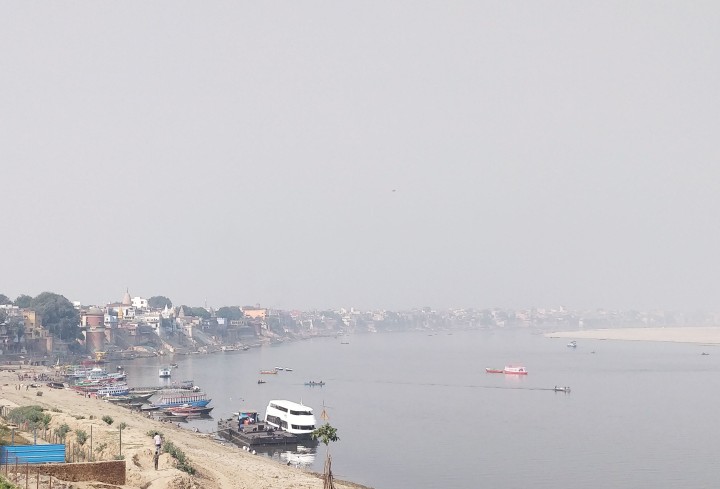
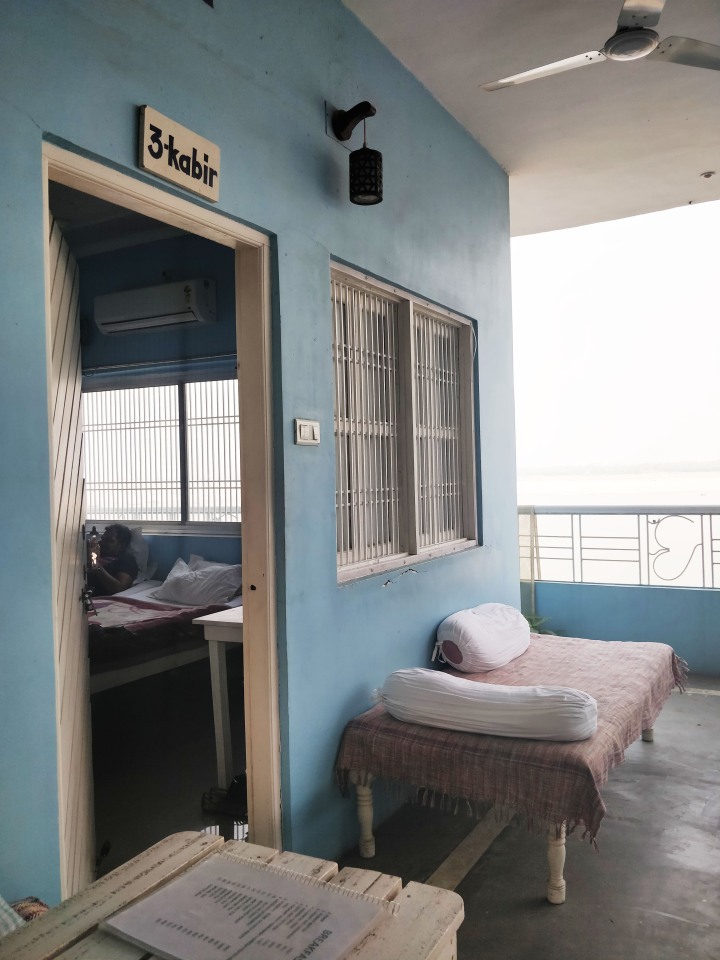
Dharma As in relevant action, rightful and moral duties
Walking Assi to Kedar Ghat
The ghats in Banaras are life.
One needs no purpose to go to the ghat – instead each time one gets to the ghat, the purpose is found. Starting at the closest ghat to where we were put up, Assi Ghat, or the eightieth ghat, we walked north, crossing the Hanuman Temple, the huge peepul tree with the platform, past bookstores and a cafe we often returned to, past a sea of people – walking up and down, Banarasis going about business-as-usual, children flying kites, sniggering schoolgirls hanging about in groups, people sitting by the water, people watching people, boatmen offering boatrides – their fares dropping at every 50 metres, past Rewa Kothi – which currently houses students learning music at BHU, past chaiwallahs and paan stalls. The next landmark was Tulsi Ghat, its neighbourhood established by the poet Tulsidas 400 years ago. We later discovered more layers leading from the ghats into the neighbourhoods, but for day 1, we stuck to the ghats, and watched with wonder the steep steps rising from the river and disappearing through tiny openings into the mysterious neighbourhoods that lay behind the ghats.
We walked past palmists and sadhus sitting under their black propped umbrellas or large tree limbs, past couples perched higher up on the ghats and dogs lazing in the evening light. Walked past guys selling candles in papercups ready to be lit and floated on the river, past boats filling fast for people who wanted a ride just before sunset or those headed for the aarti at Dashashwamedh ghat, past Shivalaya ghat where preparations for the last evening of The Kabir Festival were on, past Harishchandra ghat – the original cremation ghat which is always busy with the dying, past the red-white striped steps of Kedar Ghat before we finally decided to head back to the Kabir Festival. In the backdrop of the river we let Lakha Khan mesmerize us with the Sindhi sarangi and Moorala Marwada, the sufi singer from Kutch enthral us with his absolutely delightful act.
Much has been said about the mauj, masti, khulapan as a way of life of the Banarasis. There is no other place to experience this in tangible form other than the ghats. The way people occupy the ghats remind me of the 3d views of public spaces we sometimes model and then pepper the views with silhouettes occupying the space – sitting alone or in groups, walking about, habitating the space; the ghats are exactly that but for real. As we walked back to the yogahouse, we encountered characters from the Krishna Leela in full costume rehearsing a scene on the deck of a parked boat. It wasn’t until the next evening that we realized these were not rehearsals, but that Krishna Leela and Ram Leela are performed over 15 days each, one chapter per evening with Tulsi Ghat as the backdrop.
Just like in the week we were there, this piece will keep going back to the ghats ever so often, each time to discover something new and exciting the ghat has to offer to those who walk it.

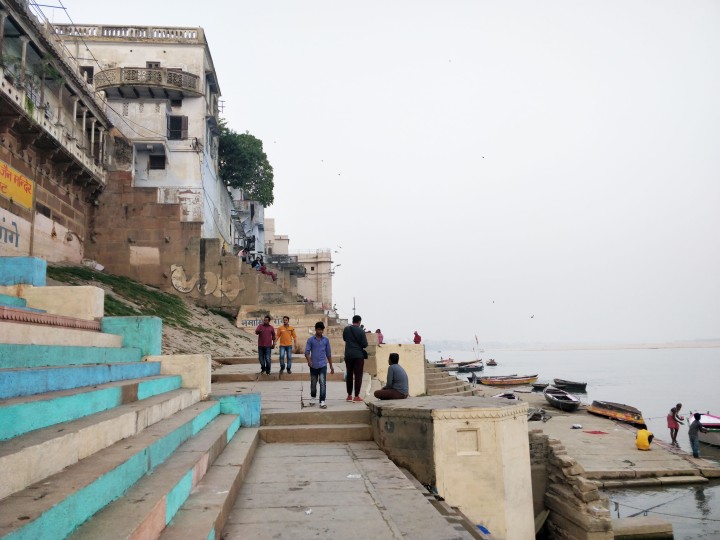
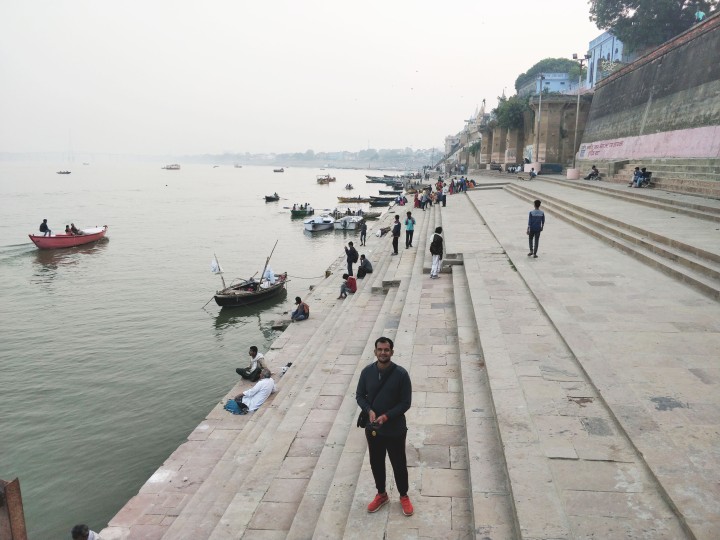
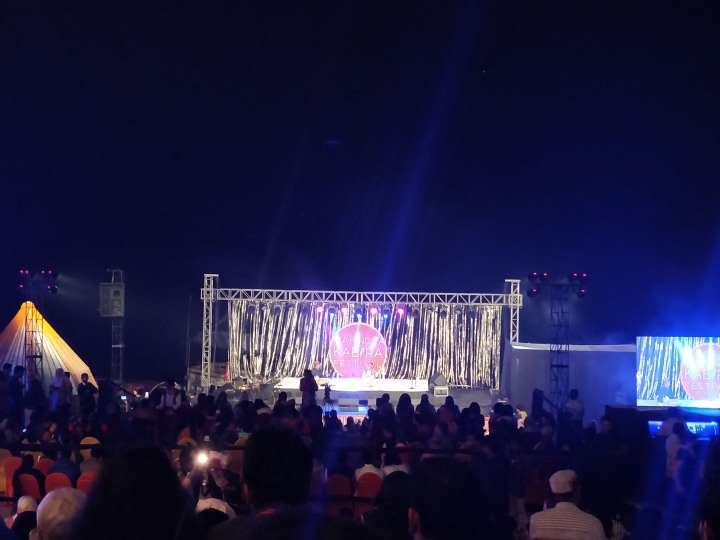
Banaras Ghats on the boat
The following morning, we had planned to bring in Mikail’s birthday and acquaint ourselves with all the ghats on a sunrise boatride from Assi to Panchaganga Ghat and back, which was approximately 3 hours of rowing time. I recommend this kind of one-time acquainting or orientation as the first thing for anyone who travels to the city. This boat ride is like cutting longitudinal sections through the town; it is like watching a movie- a set of images frozen in time, except that the audience is moving in this case. The morning sun bathes the ghats a yellow gold, and what you witness is so rich at so many different levels – at the spatial level, this section is a collage of many different histories and thus, building styles.
Banaras being a historic, commercial, cultural city, many rulers and royal families from across the country built royal complexes, facilities for pilgrims and paved the ghats to access the river. There is the Karnataka State Ghat – with its strategically located guest house for pilgrims, Mansarovar Ghat, Man Mandir Ghat and Man Singh’s palace – built by Raja Man Singh of Amer, Ahilya Ghat – built by Rani Ahilyabai Holkar of Indore, the grand sandstone building of the Bhonsale Ghat – built by the Maratha rulers of Nagpur, Rana Mahal Ghat – built by the Maharajas of Udaipur, Scindia Ghat of the Scindia dynasty, Darbhanga Ghat – of the King of Darbhanga in Bihar and Lalita Ghat with its very intricate Nepali temple – built by the Gorkha dynasty of Nepal.
Sitting in the midst of these ghats are the Harishchandra and Manikarnika Ghat – the two cremation ghats of the city. There are almost always cremations going on on the ghats and watching this panorama of life and death unfold intrigues one to say the least. That death is as everyday as meditating, visiting a temple or a ganga snaan is inexplicably fascinating. The city ensures you accept this reality by the time you’re leaving, because one is often caught off-guard in the streets by passing processions, and before one has time to step away, the chants of Ram Naam Satya hai pass you by.
This morning happened to be Ekadashi, and the luminous nut-brown ghats were bathed in sunlight and chock-a-block with pilgrims – especially the two major ghats – Dashashwamedh and the Panchaganga Ghat. Panchaganga ghat is dominated at eye level by a building for students and visitors where the great poet, Kabirdas lived and studied. A super steep flight of steps leads up to the marvellous 17 century mosque by Aurangzeb, the Alamgiri mosque whose tall, slender minarets must have dominated this panorama of the river.
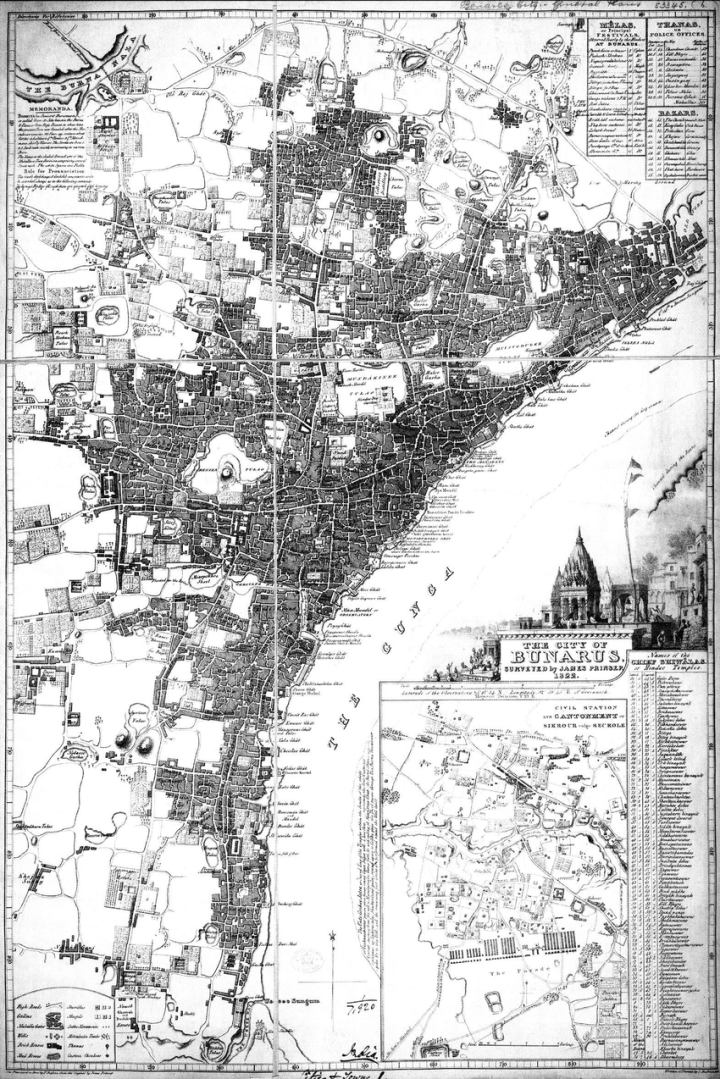
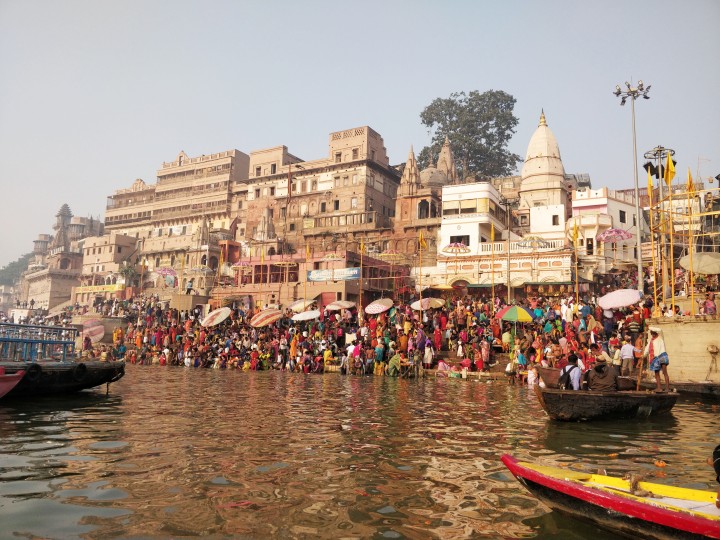
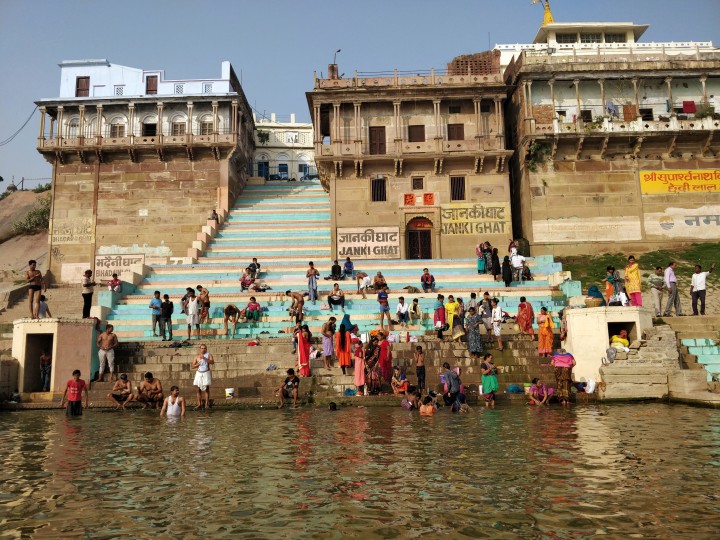
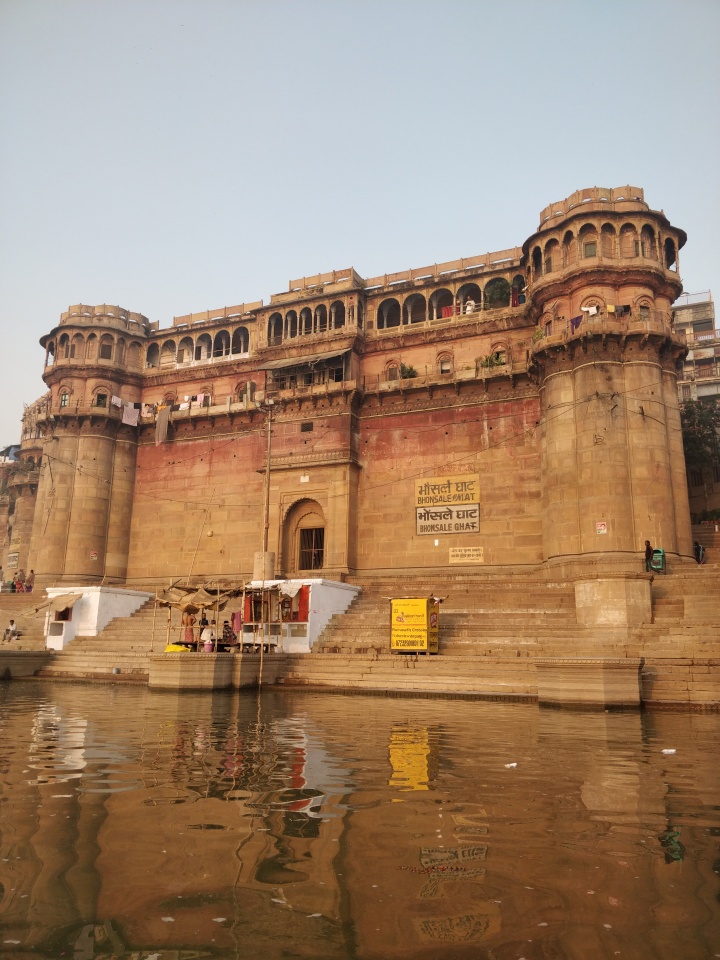

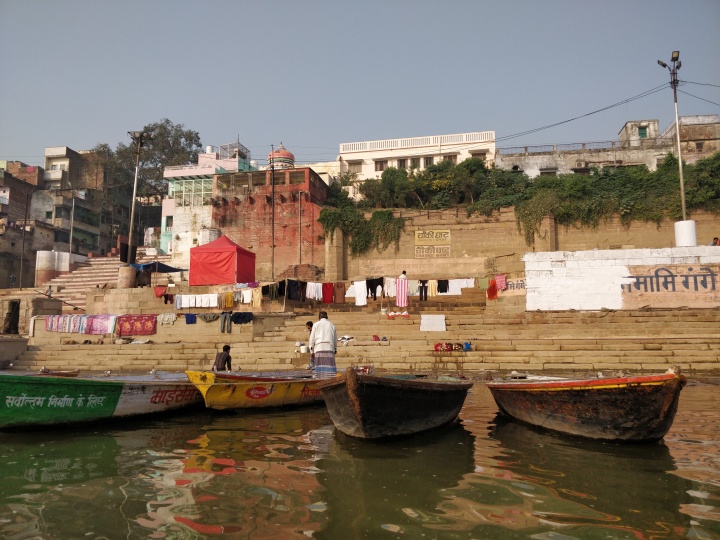

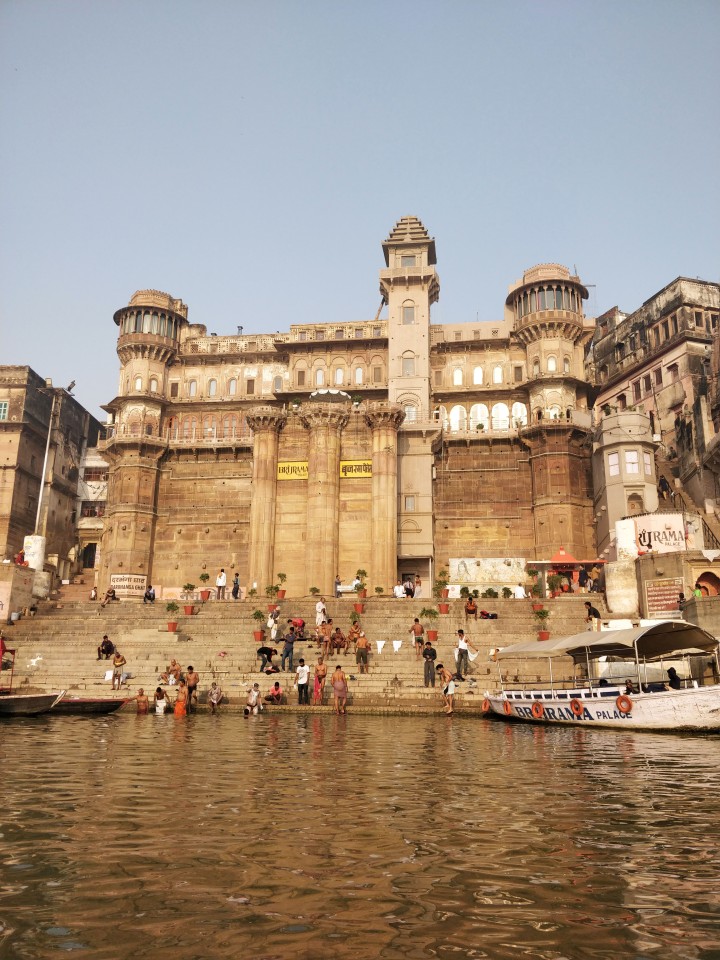
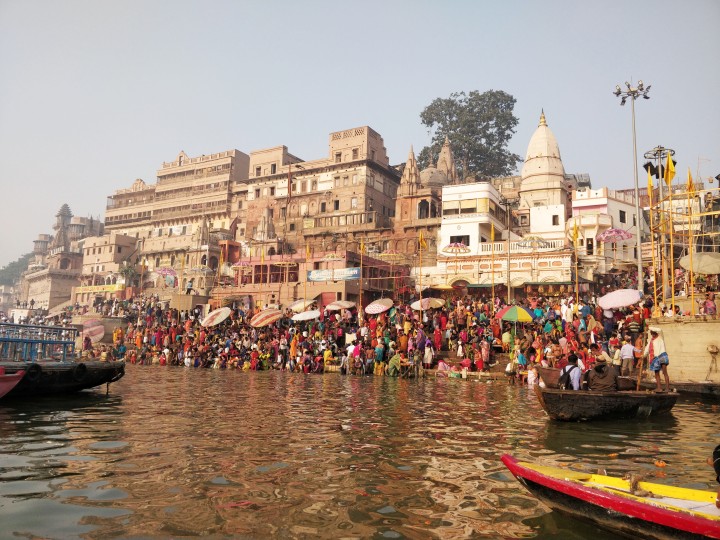
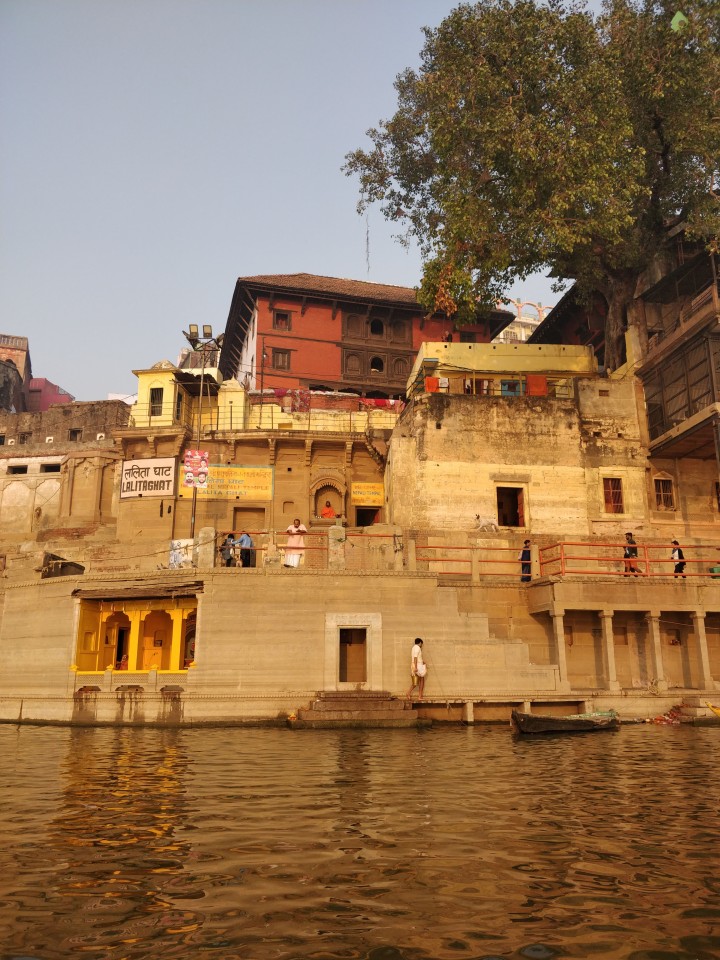
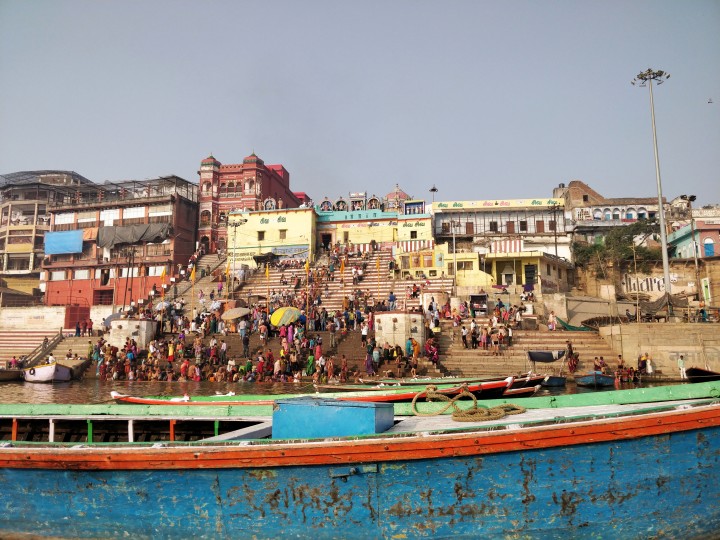
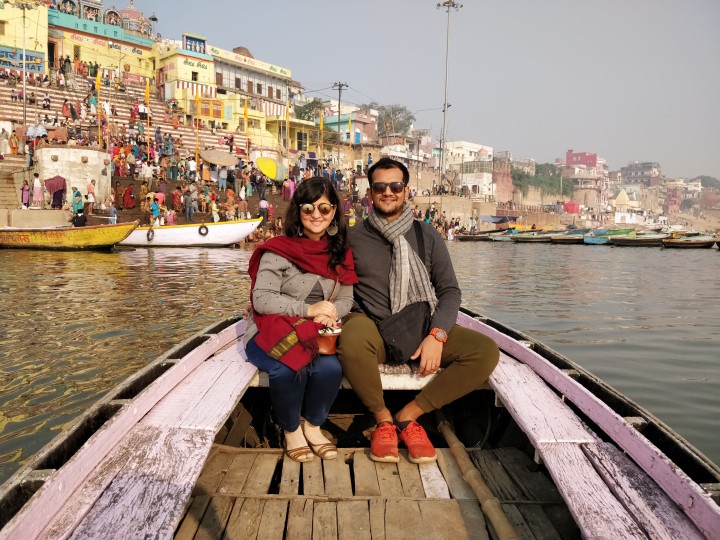
This orientation boat-ride was followed by a nap on the Yogahouse verandah daybed which was bathed in sunlight at this hour while it was still cold, a string of phone calls and skype sessions with friends and family calling up to wish Mikail and a hearty but non-Banarasi breakfast of fruit bowls and parathas. For lunch, we decided to go to the centre of the city to Dashashwamedh via the main street that runs parallel to the river. We soon figured that the best way to travel in the city is on foot, but to go further away the best options are cycle rickshaws or hopping into electric rickshaws that go from point A to point B.
Assi to Goudolia in a rickshaw via Madanpura – where the silk trail started
In this longitudinal section, one begins at the Assi Chauraha, and immediately the hubbub of everyday life on the street of Banaras takes over. In a tightly knit fabric, there are numerous small shops, bustling eateries, scores of guesthouses, vegetable vendors sitting behind pyramids of shiny vegetables, heating woks of the mishthan bhandars, chai stalls with benches facing the street, souvenir shops and public toilets leading onward to Sonarpura and Shivala – both neighbourhoods of mostly Bengali and South Indian households, and of temples, ashrams, Bengali schools, embroiderer’s workshops, mosques and south Indian cafes. Most residents of Shivala belong to the Yadav community who own gowshalas and are mostly milkmen even today. Most houses in this neighbourhood have a front semi-enclosed section along the road where they keep their cows and buffaloes and lots of shops selling all kinds of milk products dot the entire neighbourhood. The lanes going east to the river lead to the Shivalaya, Harishchandra and Kedar Ghat.
Bengali Tola gives way to the neighbourhood of Madanpura on the north, which is predominantly a Muslim neighbourhood in terms of caste, but more traditionally known as the weaver’s or julaha’s colony, with weaving workshops, design workshops for silk and brocade, saree businessmen with their gaddis are all located along this stretch. The main road has a commercial facade, but any gali will wind into the homes and workshops of the community. We were told on one of our walking trips around Madanpura that since land is scarce, the looms have all been moved outside of the city. Fortunately on our silk trail, we found some weavers in Jaitpura at the end of the week.
The first major drop-off point is the Goudolia market junction, the commercial centre of the city, which is closed off for traffic on the fourth side – i.e. the lane that goes east to Kashi Vishwanath temple and beyond to Dashashwamedh Ghat. Goudolia is overwhelming and busy and leads to the most important Ghat. Walking through this bustling retail bazaar, we made our way into one of the quiet bye-lanes that led to the Brijrama Palace hotel.
Evening Aarti at Dashashwamedh Ghat
After a delectable birthday lunch of Aaloo chaat, palak chaman and angoori rabdi at the Brijrama Palace, we were hoping to visit the Man Singh Observatory at Man Mandir Ghat, but unfortunately that was shut for repairs. After a short walk around Bengali Tola, we perched on a high step at the Man Mandir ghat, people-watched and saw preparations for the main Ganga Aarti, that happens daily at the Dashashwamedh Ghat from a safe distance. It wasn’t much later that a boatwallah struck a deal and off we went in the river again to watch the aarti from a distance; where the small boats go and anchor themselves to the big boats, forming a floating boat cluster. Once anchored and parked, the boatwallahs sit around in groups discussing their day, while pandits with thaalis of aarti + vermillion paste, little children selling papercups with flowers + candles to float on the river and random sadhus blessing everyone around hop boat-to-boat doing their business. Just the sheer number of people here is overwhelming, and we greatly recommend the morning aarti at Assi Ghat instead, which is quiet, peaceful and very uncongested.
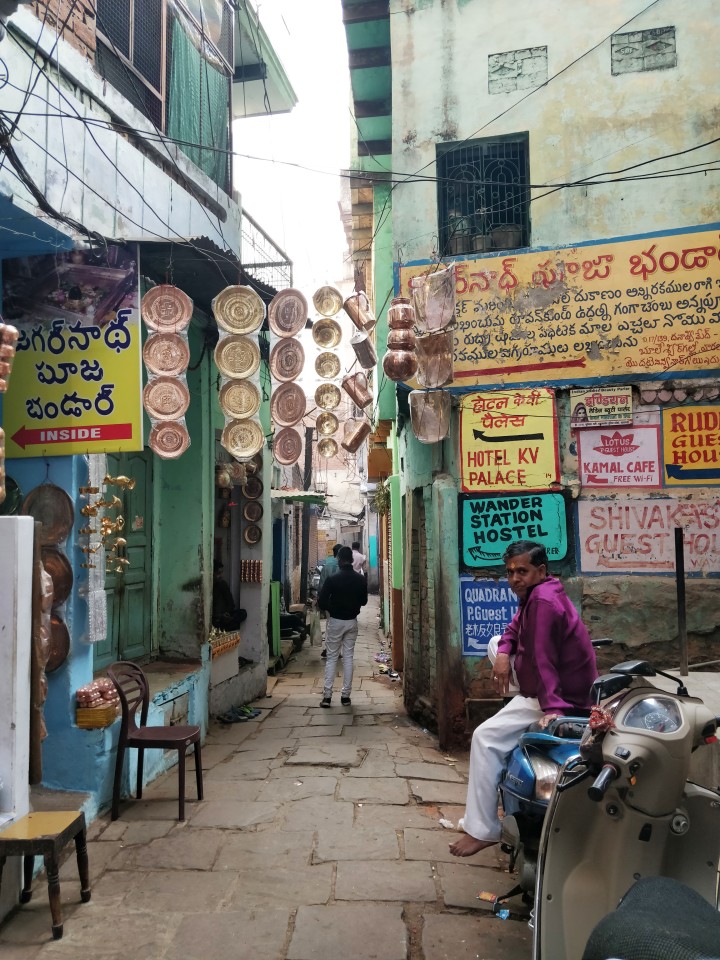
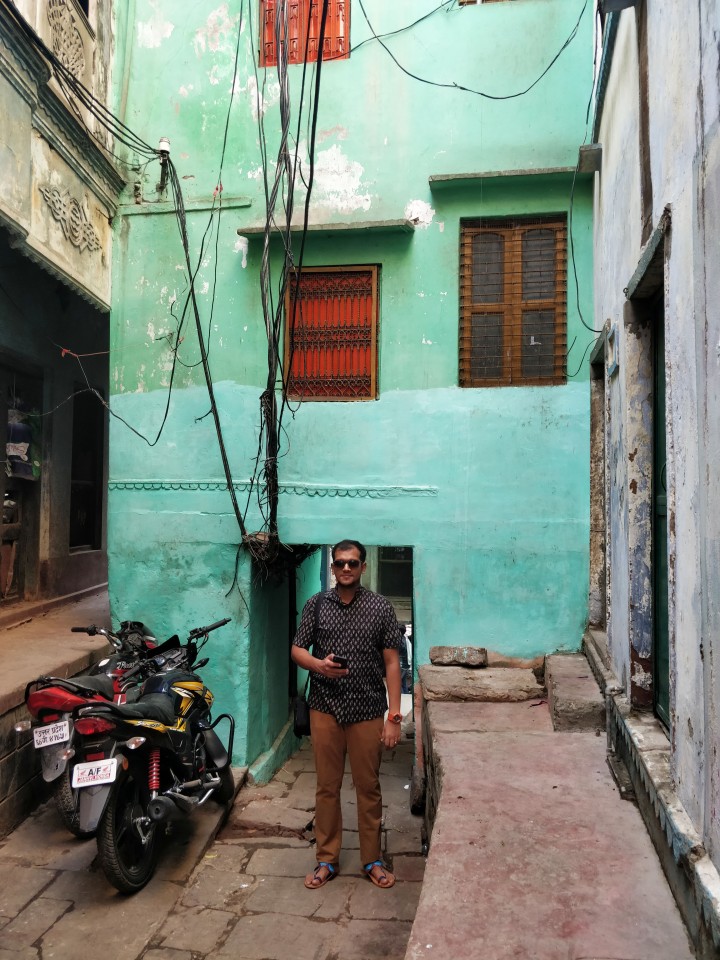

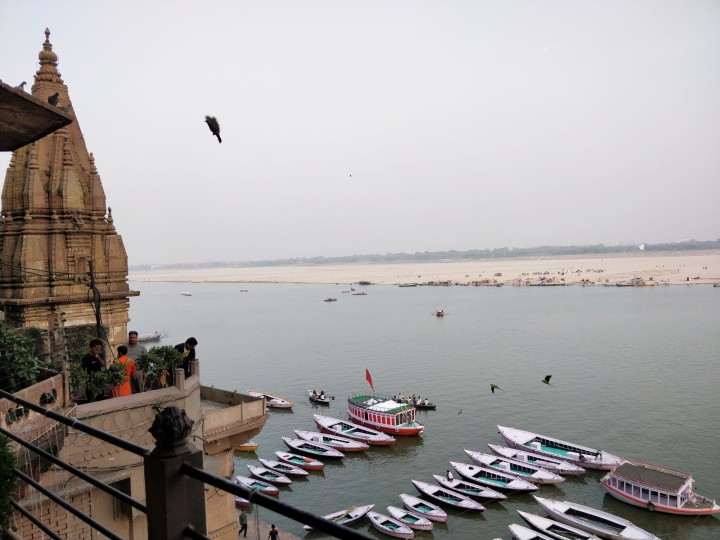
Morning Aarti at Assi Ghat
Every aarti promised to be a different experience, and the following morning we started for Assi Ghat at 5am to witness the very recommended morning Ganga Aarti. Assi celebrates Subah-e-Banaras, an everyday celebration starting with the Ganga Aarti, followed by live classical music performances and finally a community yoga session on the ghat. Somewhere in the middle of the classical music performance, the sun rises on the opposite side, making the experience quite special.
One of the good things about being in one place for a long time is that faces become familiar and one has time to stop and talk. In Banaras, we met some people who said something very mundane, yet very philosophical (or maybe it’s just us). When the aarti preparation was going on and chairs were being laid out near the aarti stage, we were sipping on nimbu chai and in casual conversation enquired who the chairs were for. The chaiwallah said –
“Aage ki kursiyaan atithiyon ke liye hain.
Waise aap baithiye, aap bhi atithi hi toh hain.”
Exploring Assi and Tulsi Ghat Neighbourhoods
Little did we know that this would become our morning ritual for the next 5 days in the city – waking up at this hour when the whole city awoke, strolling around the ghats watching the city spill out on the edge, going up one of the winding lanes and digging up stories from the neighbourhoods that lied above the ghats and overlooking the river. One morning we would sit on one of the platforms jutting out into the water and sketch the ghats around Rewa Kothi, another morning we would simply walk the streets of Assi, until we found a sweetmeat shop and chomp on freshly fried jalebi; today we walked up the stairway of Tulsi ghat to the monastery and its environs to get a glimpse into the life and times of the poet Tulsidas.
There, under the shade of an old peepul, we time travelled to the 16 century, watching pahalwans warming themselves up with do-do haath and preparing themselves for Kushti. The kushti rink was in the centre and their equipments lined up under the tree. The eldest instructor lit incense sticks in front of a clay coloured idol of Bajrangbali before he started training the younger lot. An American sociology student studying the ways of the akhara was interviewing one of the young students with the help of a translator.
The morning after, we crossed the houses and a Sanskrit school in Assi, to arrive into the tucked-away landscaped pocket which is the birthplace of Rani Lakshmibai. Practically all doors were open to the quiet street and we did not miss any chance to peep into the houses and their courtyards. A few houses down the lane sits the very secretive Lolark Kund, an extraordinary stepped tank dedicated to the Sun God.
After these incredible discoveries in the neighbourhoods, followed by gorging on poori bhaaji and kullad chai, we would find our way back to the Yoga house, pass out on the daybeds in the verandah and wake up to another breakfast! How lovely is a day that starts with two brekkies! 🙂


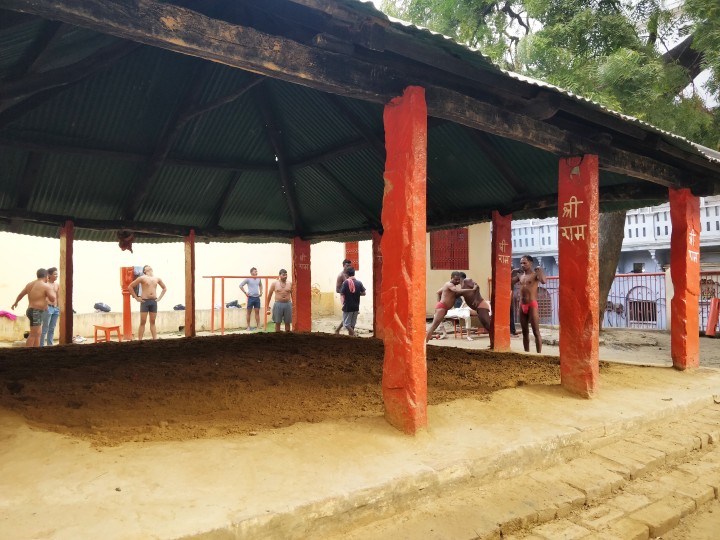

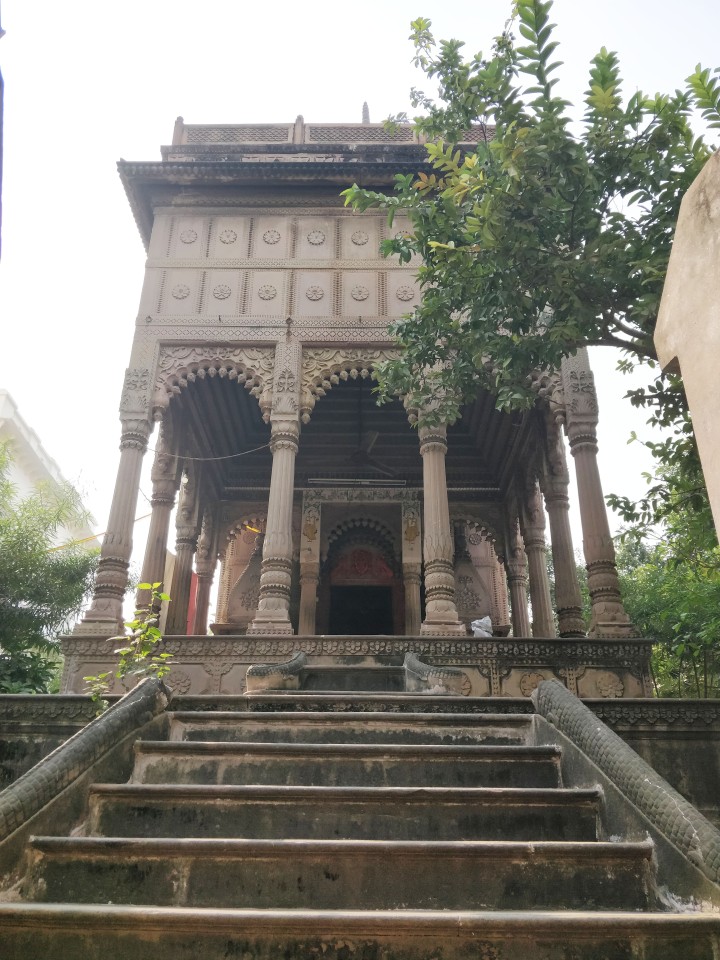
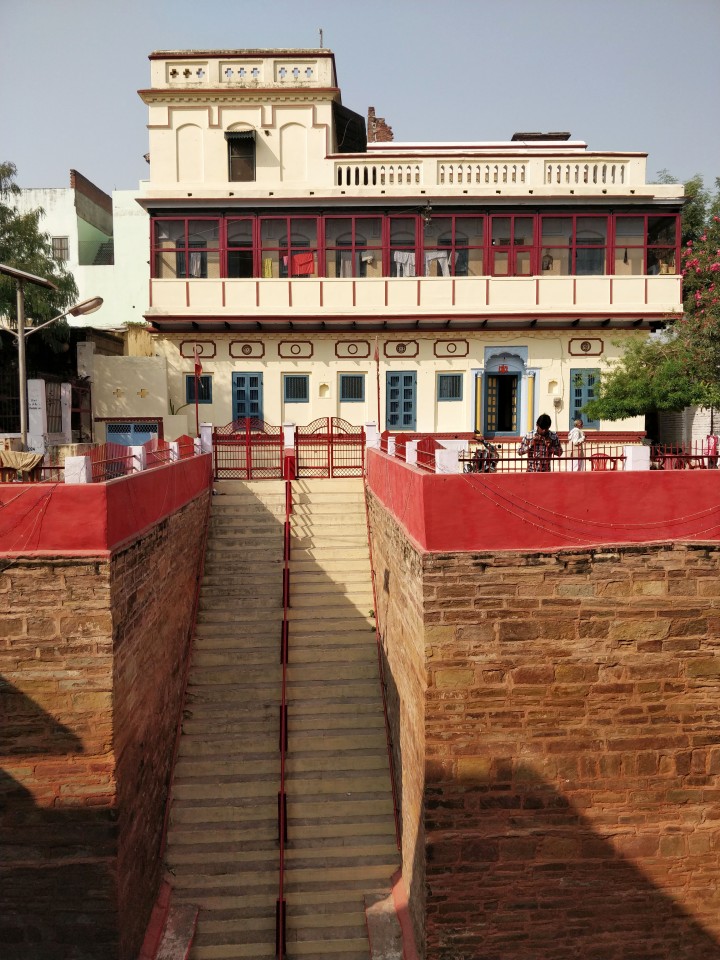
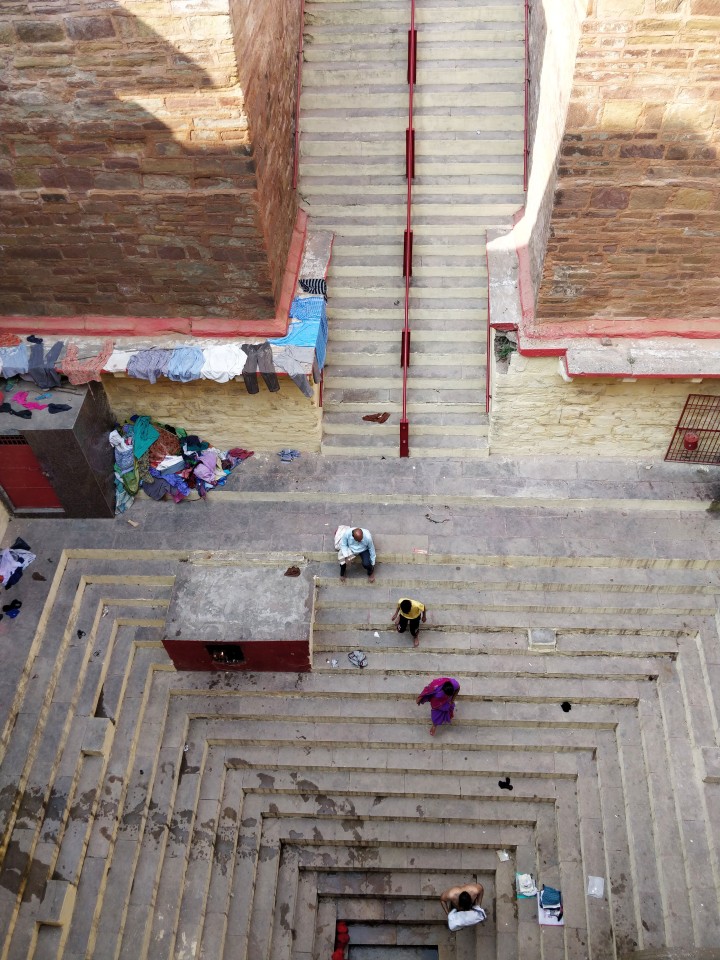
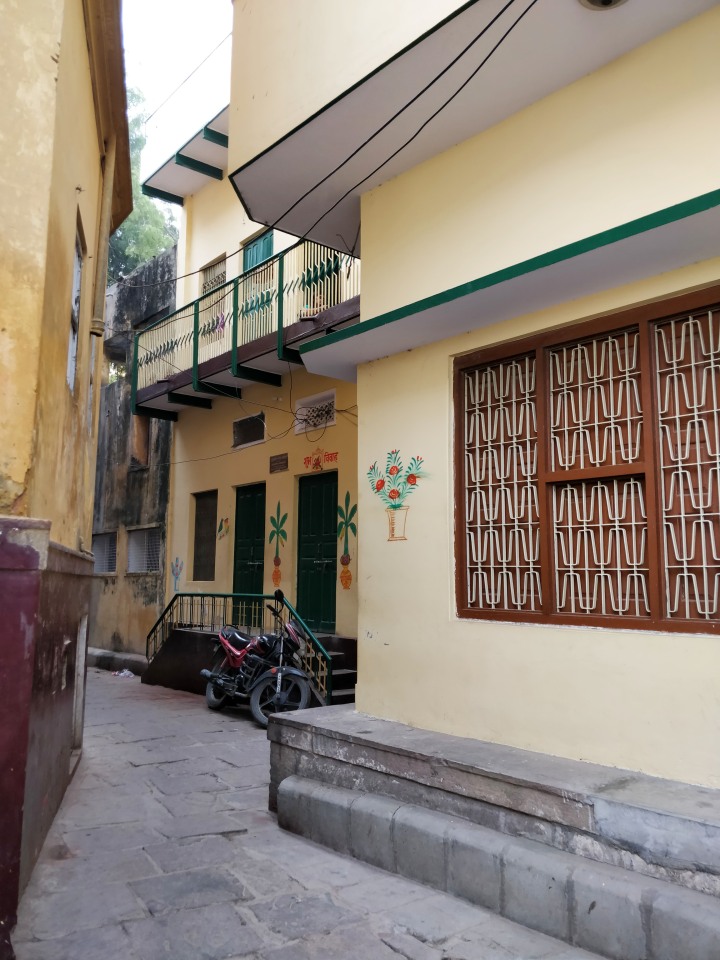
Alamgir Mosque and Nepali Temple
On either side of Manikarnika Ghat, we had set out to see the one mosque that dominated this skyline swarmed with temple shikharas and shrines. It was certainly not missable now, and with its tall slender minarets that existed earlier rising over every structure in the neighbourhood, it must have been a sight to behold. Built by Aurangzeb in the 17 century, the Alamgir mosque was built on the foundations of the razed Bindu Madhav temple, which now exists adjacent to the mosque at the Panchaganga Ghat. The mosque offers absolutely unparalleled views of the ghats owing to its location and elevation. I think any structure in Banaras cannot be separated from the experience of getting to that structure – be it walking the ghats, climbing the steps or getting lost in the gallies to find it.
The Lalita Ghat and the intricately carved Nepali Temple was built by the King of the Gorkha Dynasty in the early 1800s. The wooden carvings in the temple are exquisite, and this is another spot where one can spend some quiet time on the wooden bench with amazing views of the river and the ghats below. Nepali students from the adjacent hostel building often use the courtyard here to study the vedas.
Another philosophical insight came our way while trying to get to the temple. Since the temple is at the upper level (or the street level) and we were also at the street level albeit 100m away from the temple, we decided to check with someone if there is a connection to the Nepali temple from the street itself, instead of climbing down to a ghat and then climbing up from Lalita ghat again. This local smiled an i-feel-sorry-that-you-don’t-get-this-kids smile before he said –
“Kashi mein seedhi hai”.
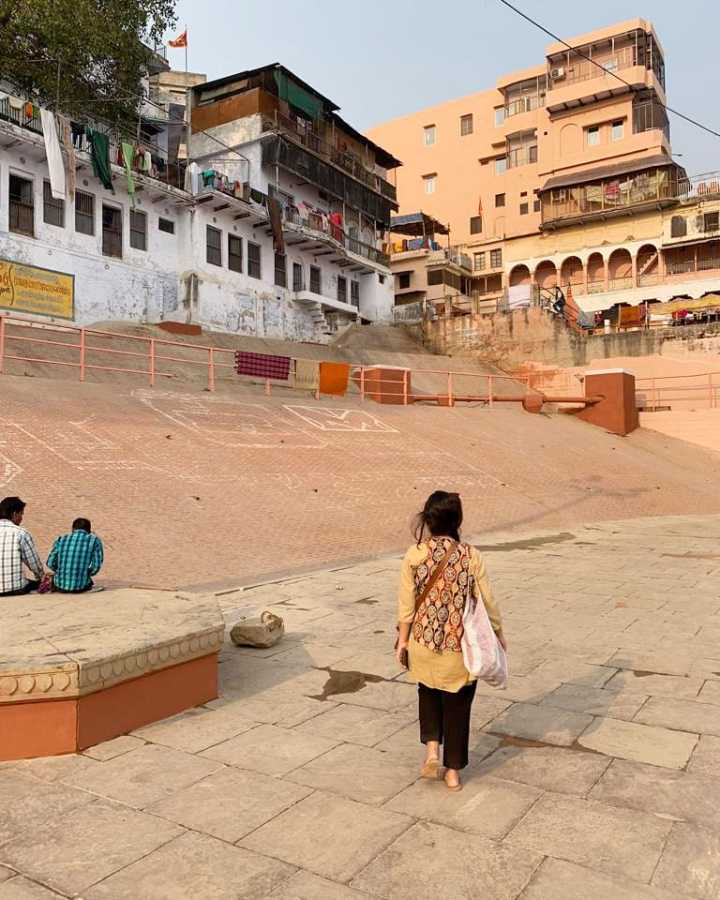
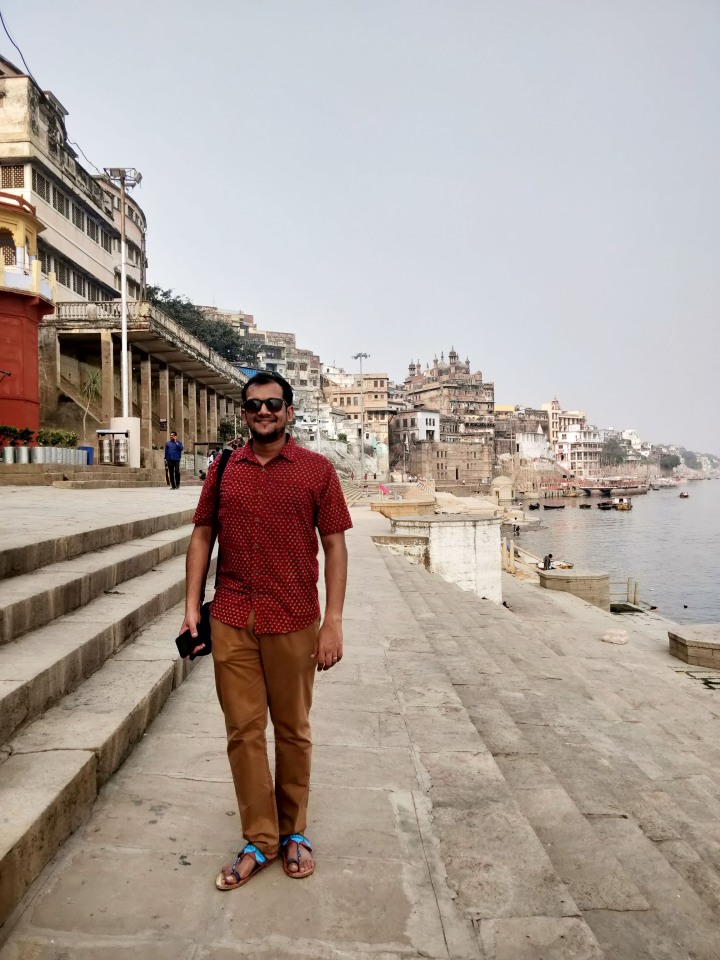
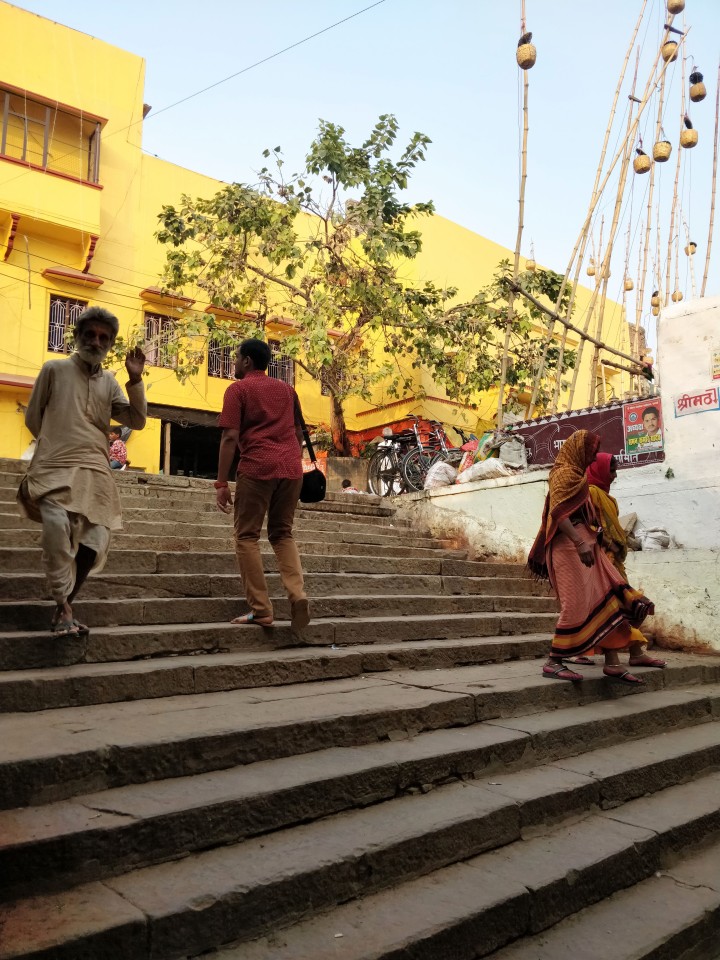
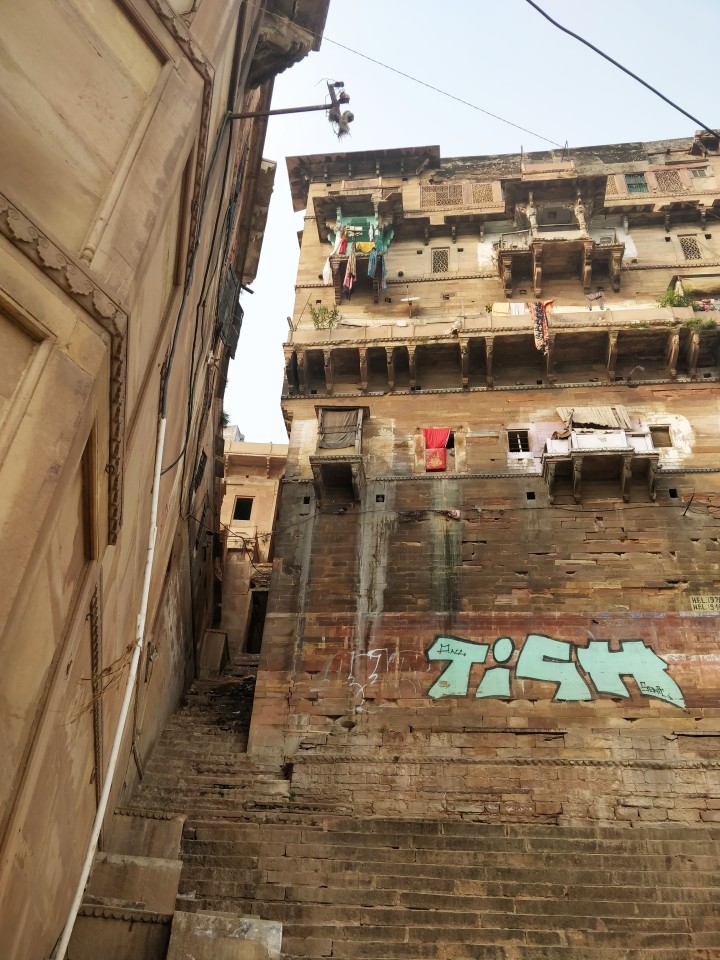
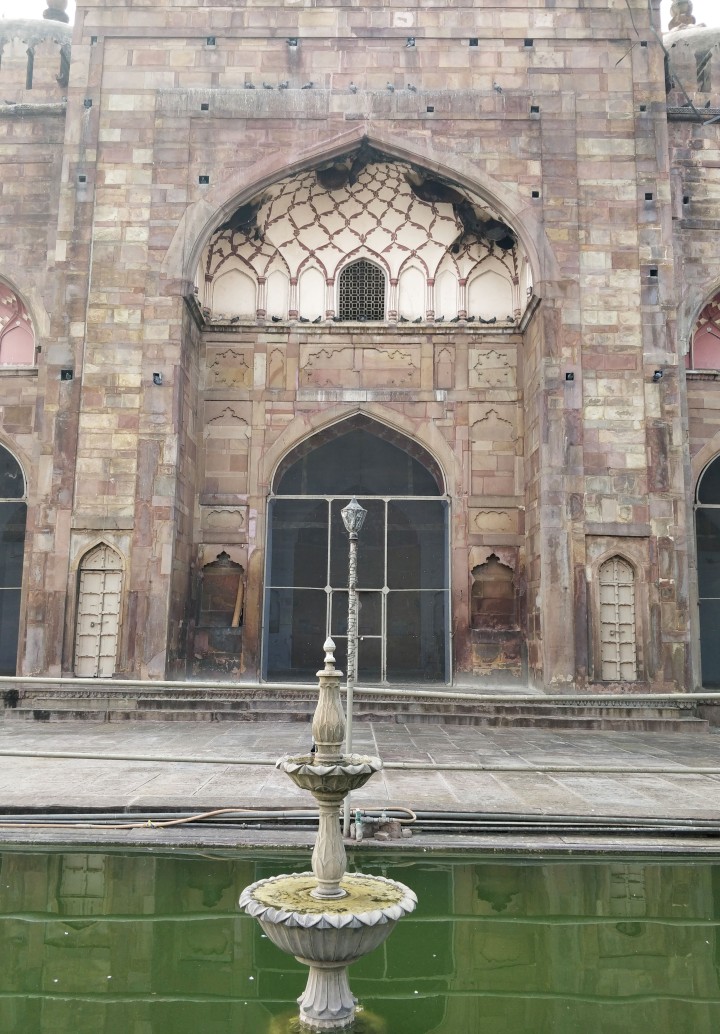
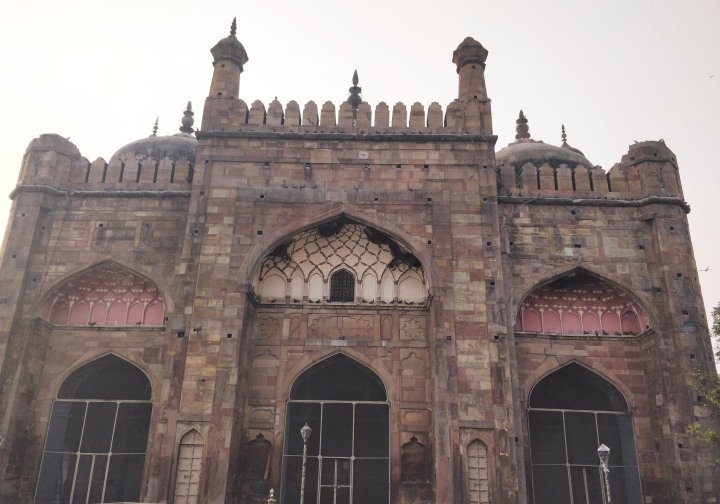
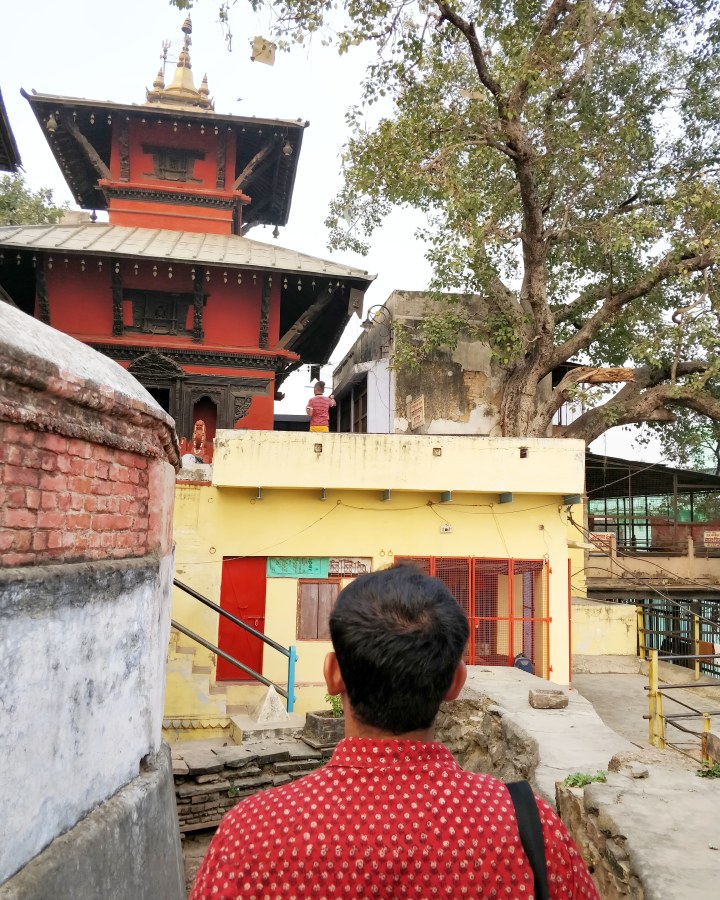
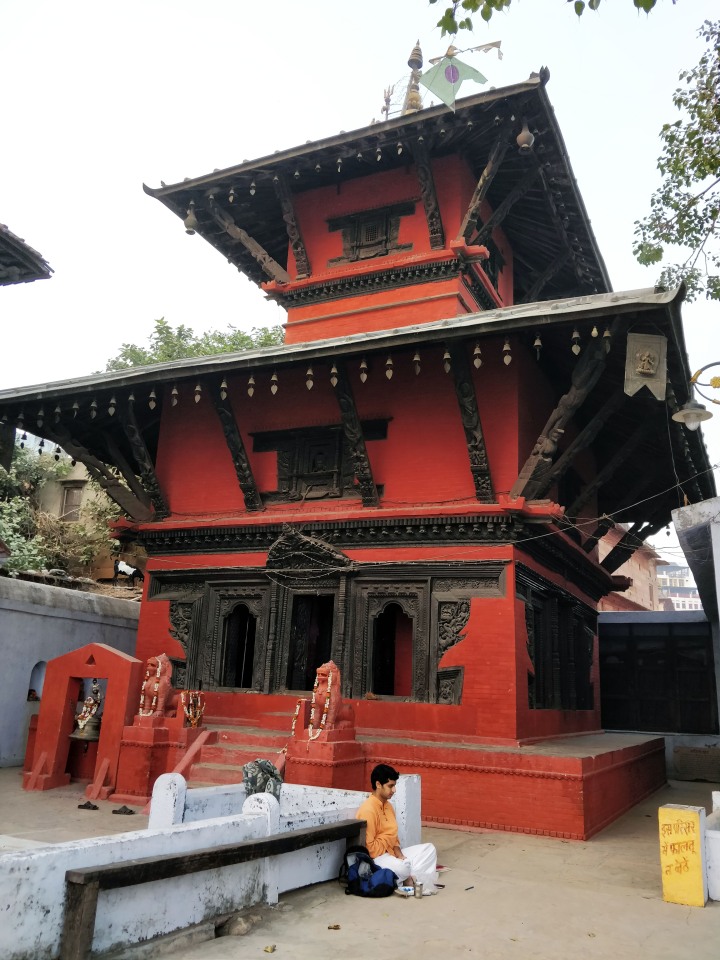
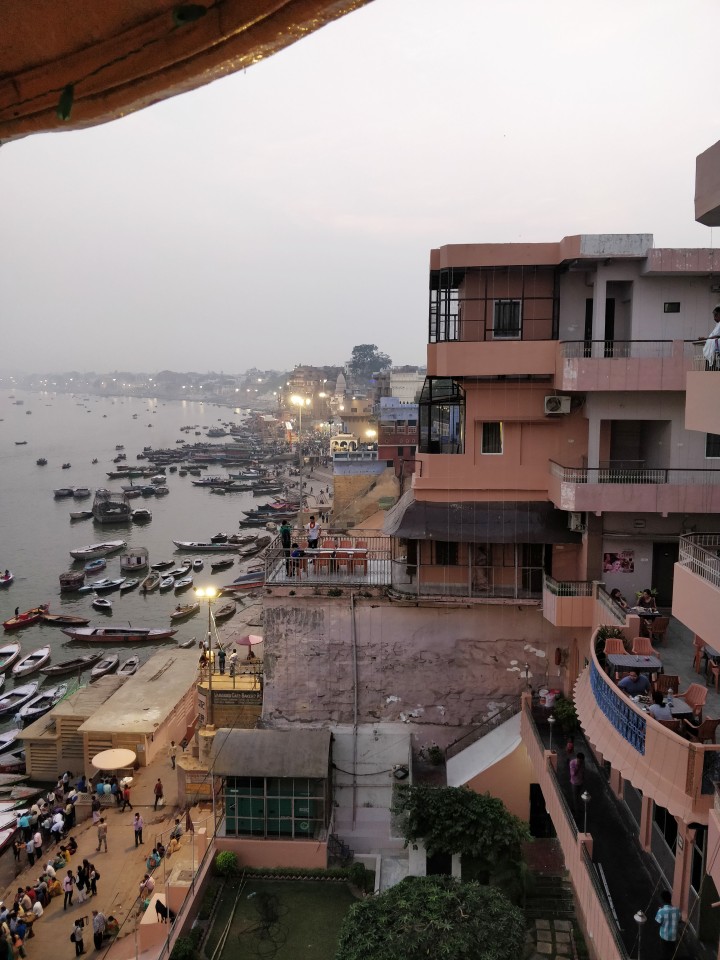
Kama As in pleasures of the senses, intensity of emotion
(if you’re hungry, you’re going to eat chaat very soon!)
Having checked all the ‘dharma’ boxes, having walked the ghats, been on the boat seeing the ghats and having walked a part of the city and its neighbourhoods, we now shifted our focus to finding weavers to see Banarasis in the making, visit the famous Harmony bookshop at Assi, find that renowned Banarasi chaat and find the music soulful that Banaras raves about!
Food, Food and more Food
On Day 2 after evening aarti, we did discover the very popular and very prominently located Kashi Chaat Bhandar where we devoured tamatar chaat, aaloo chaat and dahi puris, followed by a very yummy pizza and delectable apple crumble at the Vatika pizzeria at Assi. In case you’re wondering that’s a lot of food for the two of us, well the two dinners were an hour + a long walk on the ghat apart. Dinner was followed by the Krishnaleela performance at Tulsi Ghat, the typical format for which is that a chapter is performed every evening around the ghat; all characters are played by young boys, and a pandit stands behind and whispers the dialogues in the characters’ ears, which the kid repeats. A very interesting yet somewhat funny method, because the kids deliver the dialogue as a set of disjointed phrases. Alongside, a toli of singers including prominent priests and mahants of temples sit with the dholak and manjira to sing songs that intersperse the scenes. Sometimes, like the day we were watching, people from the audience also sit up and recite pagefuls of couplets from the Krishnaleela. Whoever said Varanasi was a living museum was 100% correct!
On this day we ate at the Open Hand shop and cafe at Assi, and then headed to Madanpura to see the beautiful buildings we had crossed on our way earlier. In Banaras, if you happen to strike a conversation with someone and they happen to own a retail space for selling Banarasi silk and brocade sarees and dupattas, you are sure to be invited inside (till a point you cannot refuse), and even if you said you will come to buy later, be shown ‘samples’ of everything they have in stock i.e at least 20 sarees and duppatas. While we were told the weaving happens no more in Madanpura, Mr. Jamal invited us to his store, got his son to bring the keys of the store, showed us samples, took our number and called us every single day for the rest of our trip to check if we were going to come back to his shop. Once he allowed us to leave, we walked around the area looking at the street facades of Madanpura, some of them dating back to the 1800s and stopping often for a ‘meetha’ paan. Looking for Blue Lassi and chaat, we found ourselves on the Dashashwamedh Ghat while the evening aarti was going on. Since we couldn’t cross the ghats due to the ongoing aarti, we went back into Bengali Tola, crossing the main Goudolia square and then getting extremely lost into Vishwanath galli due to roads being shut, and finally went around the world and made our way to Blue Lassi. Even before our blueberry pomegranate lassi could be served to us, three processions on their last journeys crossed the street outside in quick succession, making their way to Manikarnika Ghat.
As we tried digesting Blue lassi and the blueberry lassi (if you know what I mean), another adamant tout whisked us away to only show us ‘samples’ at his shop, despite our efforts to politely refuse. When we were finally permitted to leave, and we asked for simpler directions to his shop in case we wanted to come back, he said – Murdon wali gali hai. Well. And when we asked him for directions to Deena Chaat Bhandar, he did not tell us – instead, he walked the maze of Manikarnika ahead of us and lead us to the chaat! Nothing that does justice can be said about the perfection that chaat was- just that it was totally worth walking from Assi to the other end of the town for it.
Our morning breakfasts due to these very disciplined wake up timings were also typically split into two – one was the kachori sabzi jalebi kullad chai combo on one of our morning walks around the ancient town, and then we napped and followed that with our fruit bowl and poha paratha breakfast. The kachori sabzi at Chachi ki Kachori at Lanka crossing was delicious, and M finished it with jalebi and rabdi from Pehalwan Lassi.
The way to eat all forms of milk recipes – be it chai, yoghurt, rabdi or malaiyyo is in the clay cup, which when I held onto long after finishing my tea wondering what to do with it, the shopkeeper said “Yahin (on the road) phenk dijiye, ye Banaras hai”.
In fact, little did we know that we would relish the food at the BHU campus as much as we relished seeing the extremely exquisite 12th century paintings at the Kala Bhavan. A brilliant plate of chhole samosa with a smattering of spices followed by a tall frosted glass of cold coffee was so addictive, Mikail suggested stopping at BHU for the food again on our way back from Ramnagar Fort.
In all of this, the malaiyyo and Chaurasia pan deserve very special mention. We finally got our hands on the malaiyyo on our last day in the city, because Mikail threatened we mustn’t leave without eating it. Malaiyyo is a winter Banarasi speciality; it is boiled milk kept overnight for the dew to allow foaming of the milk. In the morning, they churn this with rose water, sugar, cardamom and saffron, stuff it in clay cups and garnish it with nuts. I swear malaiyyo feels like eating froth that melts in your mouth! We should have eaten two of these!!
The Chaurasia paan bhandar is a three generation paan shop at the Chauk Thana crossing. Their son told us exciting stories of how their paan was used for ‘paperbaazi’ during the British rule for revolutionaries to pass messages to each other rolled up in their paan! He narrated tales of how his grandfather was caught by the police and taken to the Chauk thana and beaten on blocks of ice. There is a very fine water trough they have retained outside their shop, for stray animals to drink water from. Their paan is most certainly the best paan I have had ever – and for hours after meeting him I was humming khaike paan banaras waala! Things Banaras does to you!
On our way to Chauk for all the food, we shared the rickshaw with a couple who were deciding for or against joining the long queue of the Vishwanath temple darshan. They looked to us for any helpful inputs, and we shrugged and said we are here only for the food! We did nudge them a little, and about half an hour later ran into them at Blue Lassi 😀
It is difficult to pin-point my best food experience because they were all so yum-in-my-tum, but I cannot forget when at 5am in the crisp cold of the morning, the chaiwallah at Assi Ghat poured out the lemon tea from his kettle, added and stirred the masala with his knife, served it on the palm-sized tray and later asked –
“Chai se santusht toh hain aap?”
❤
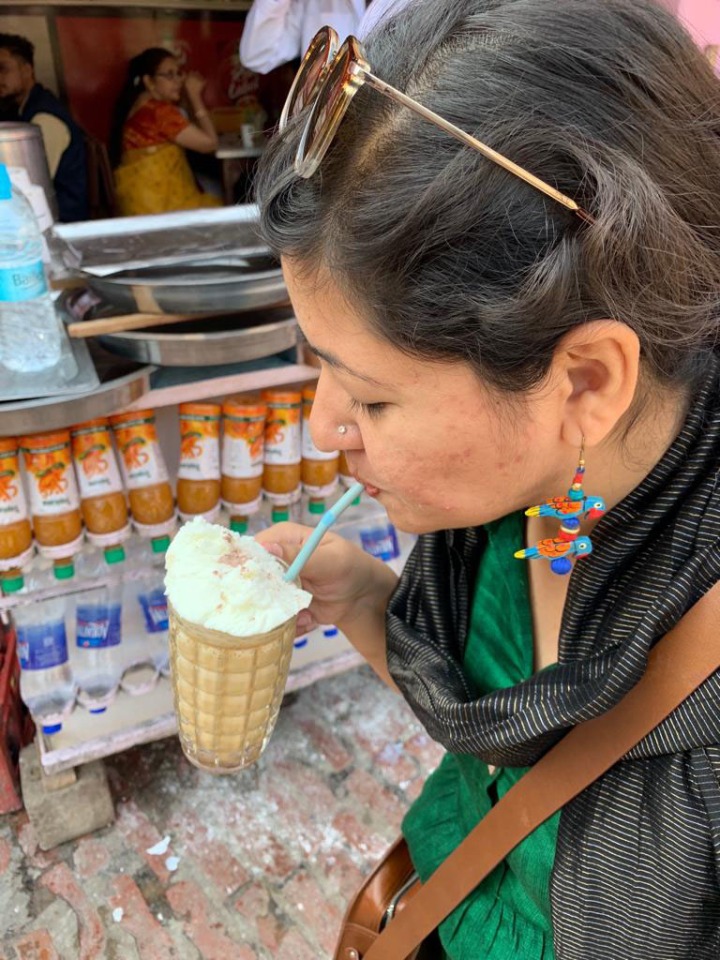

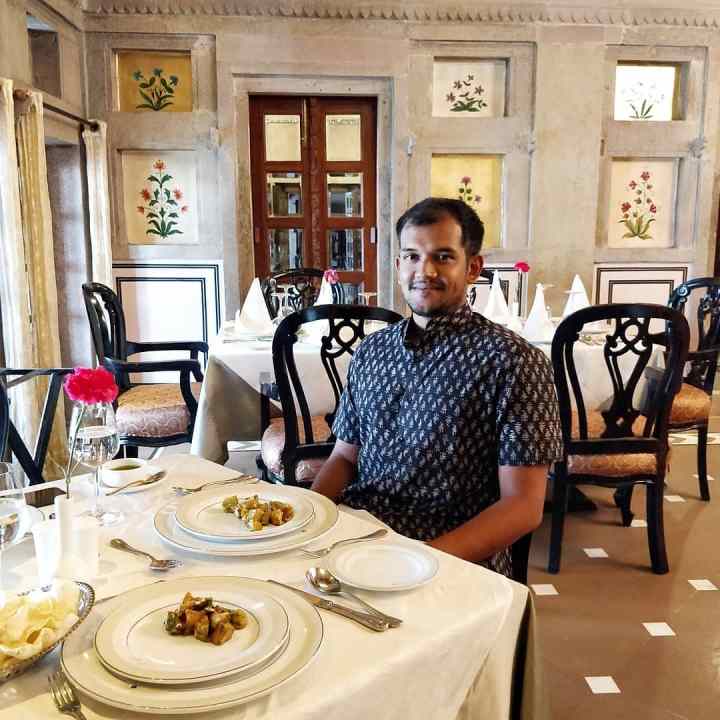
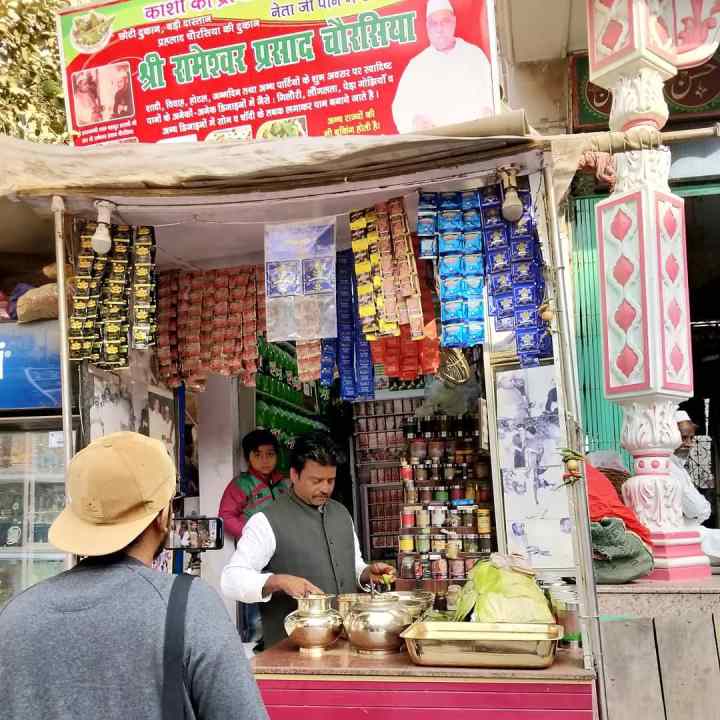
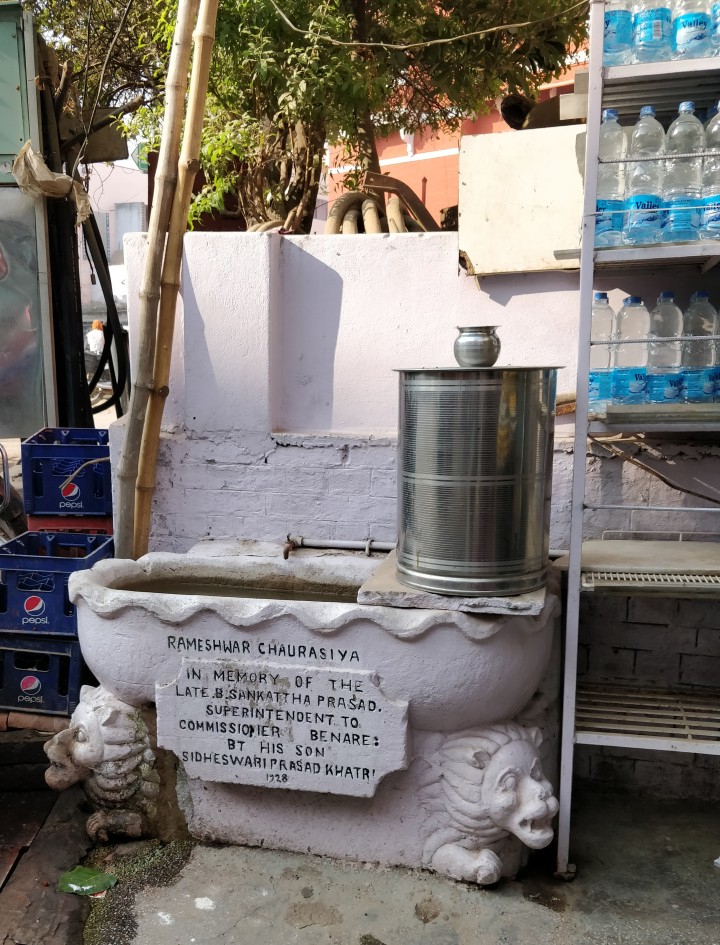
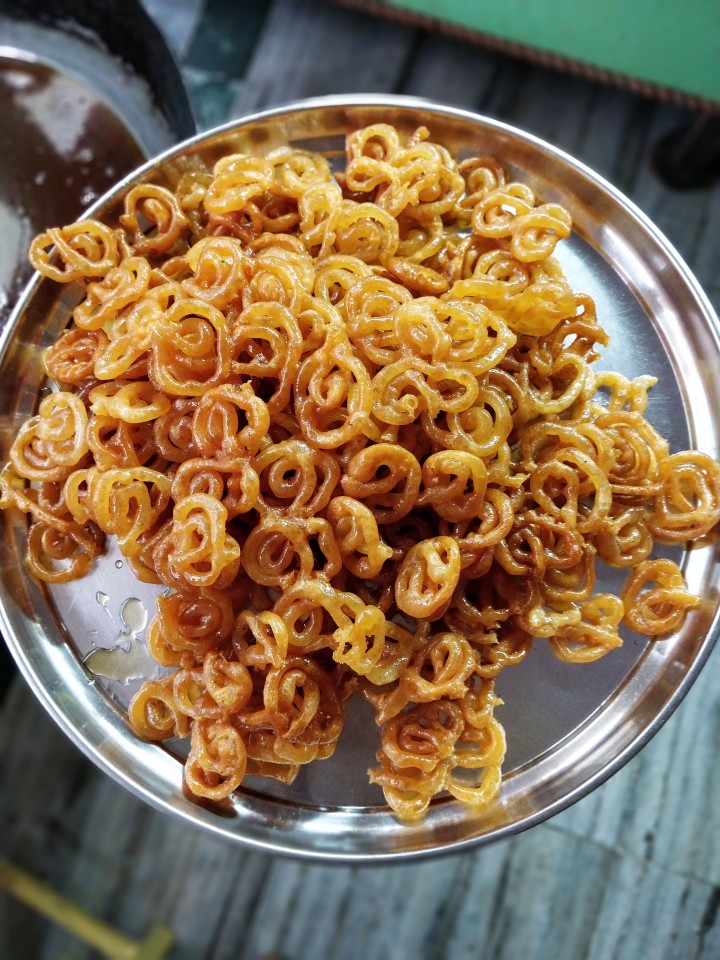
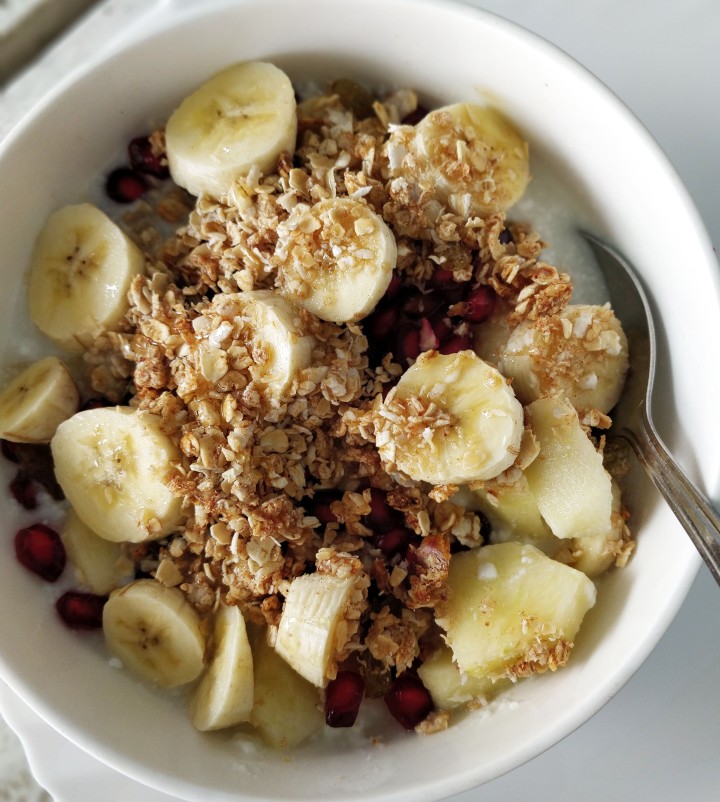
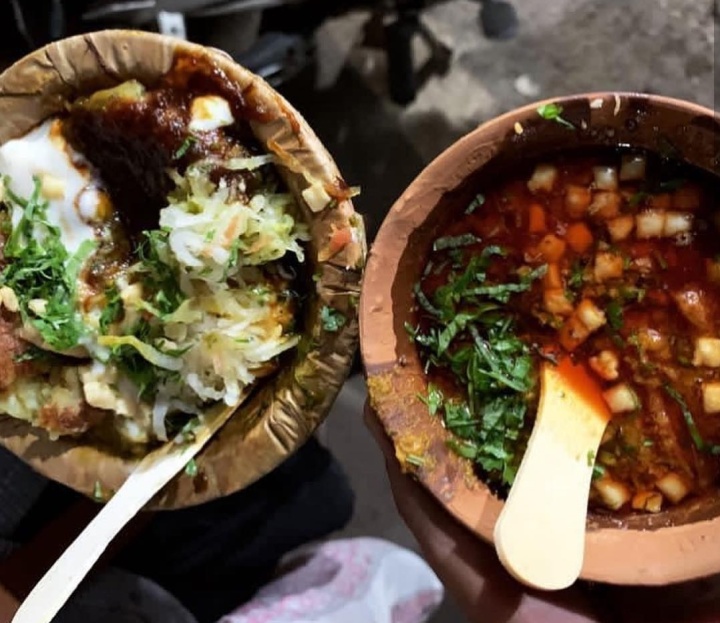
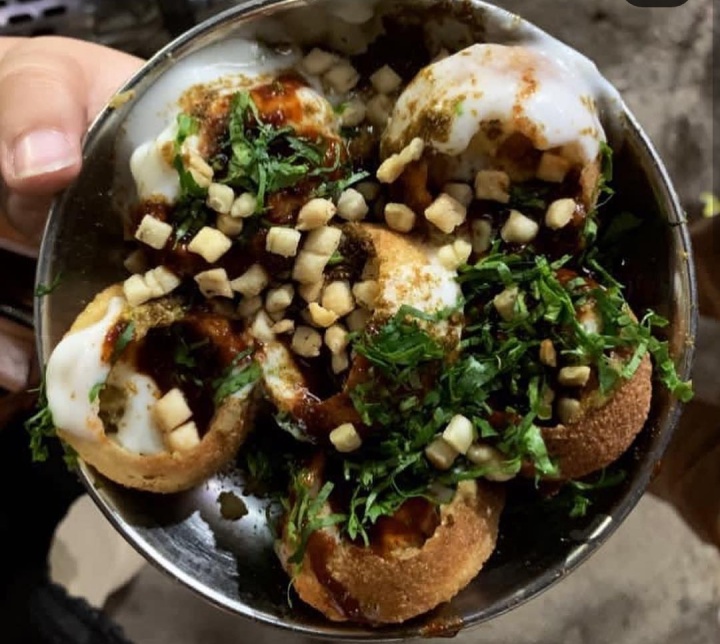
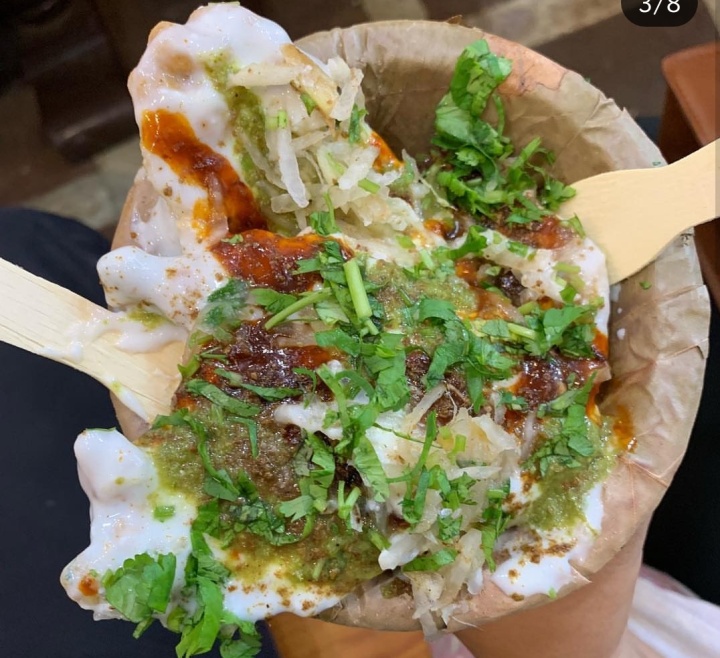
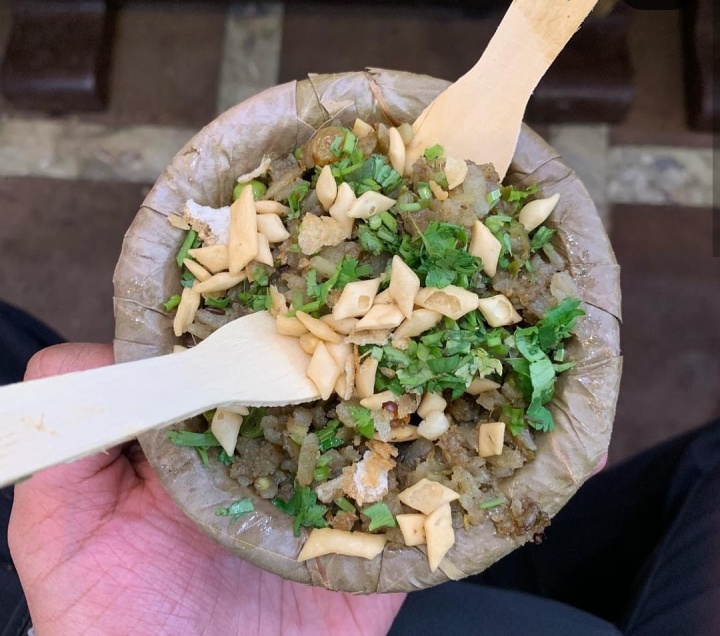
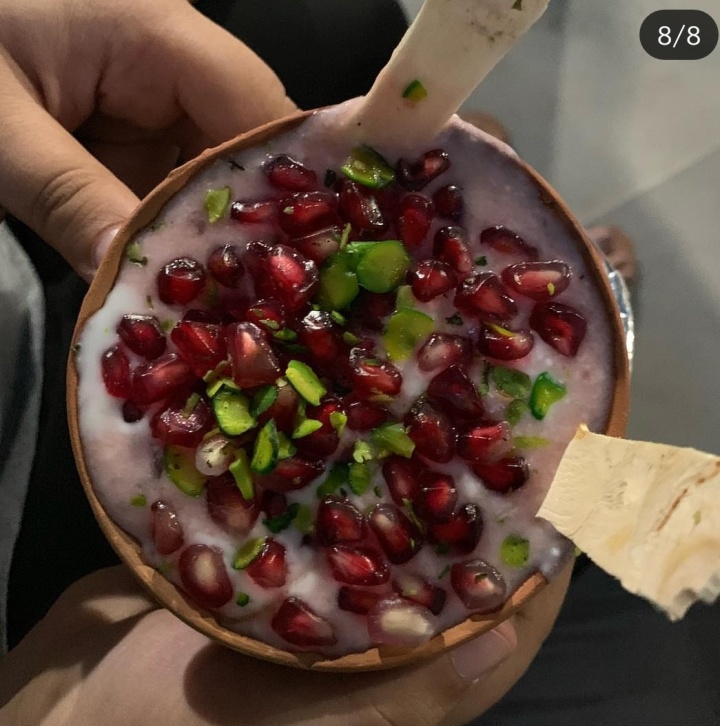
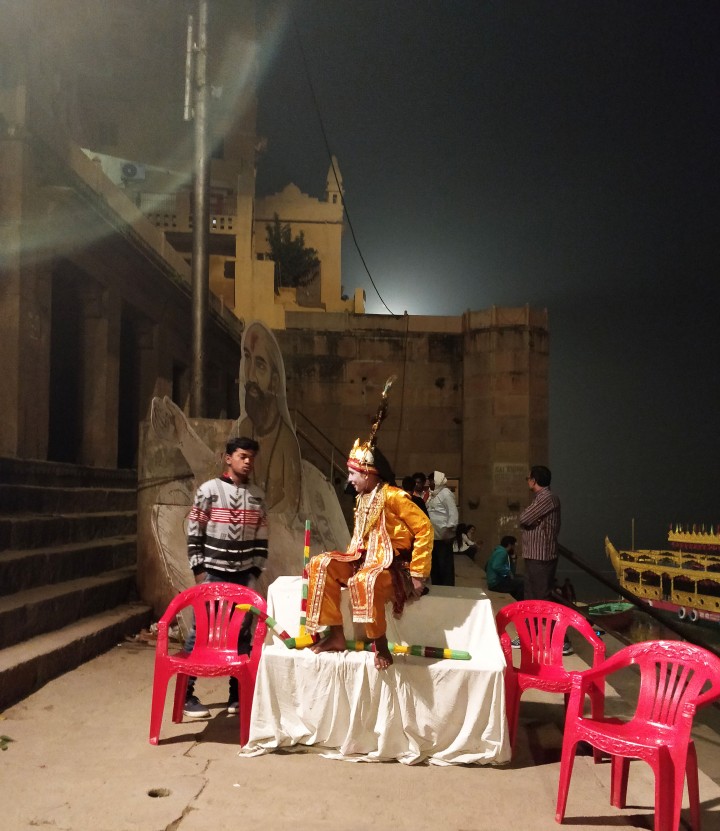
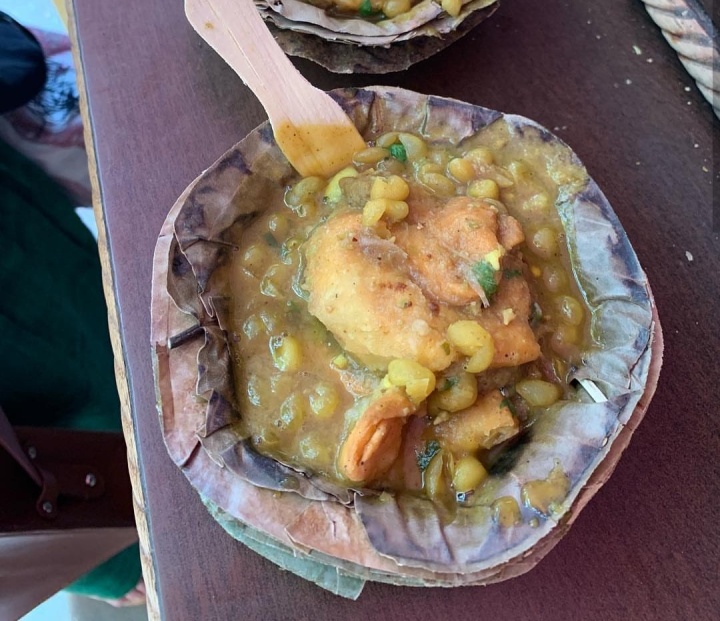
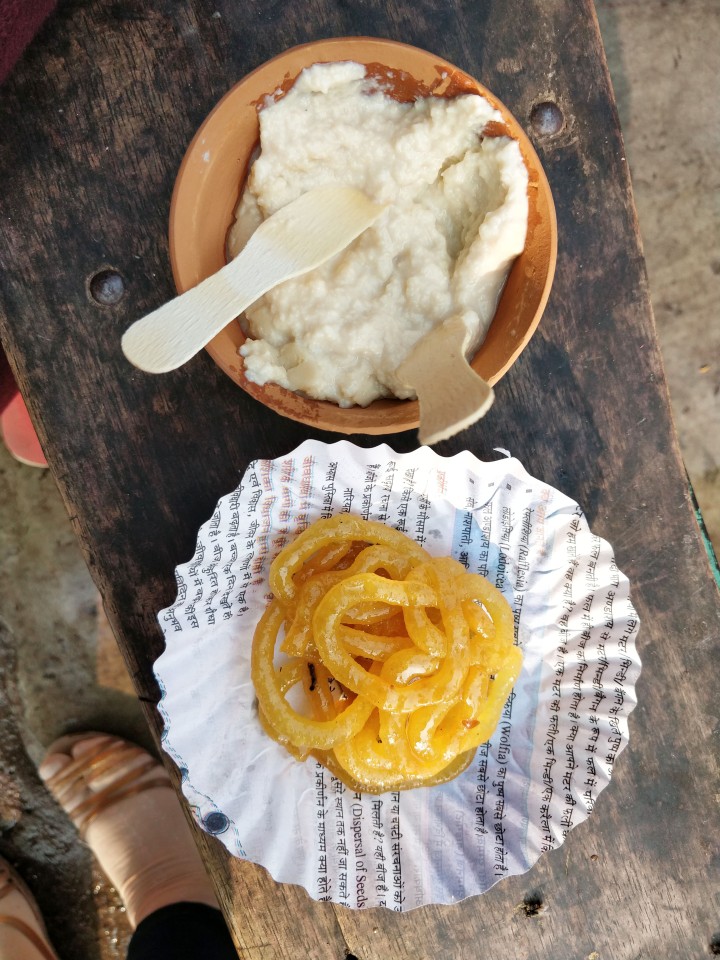

Music
The frenzy that started with our arrival into Banaras at the Shivalaya Ghat in the form of the Kabir Music Festival continued with multiple sessions at the Subah-e-Banaras and the International Music Centre Ashram. The terrace of Brown Bread Bakery is another place to hear live classical music performed every day. But we must consider ourselves very very fortunate to have traced our way to the Music Centre Ashram to hear these two men weave magic and totally spellbind their audience – Siddharth Banerjee at the Siddhaveena and Sandip Rao Kewale on the Tabla. Their rendition of Rag Rageshwari and Rag Pahadi was serene and blissful, yet absolutely powerful and moving. We watched the clips of videos we recorded long after we came back to real world, but the clips are enough to take us back to the moment of utter joy, ecstasy, Banarasi mauj we felt at the Music Ashram.
In the week that we were there, owing to the Muslim festival Milad-un-Nabi- i.e. the birth of Prophet Muhammad, Barawafat was also being celebrated across the city. We couldn’t catch the procession during the day, but at the suggestion of our Madanpura friends who called us every day, we breifly attended the all-night recitations of nat or poetry at Benia Bagh.
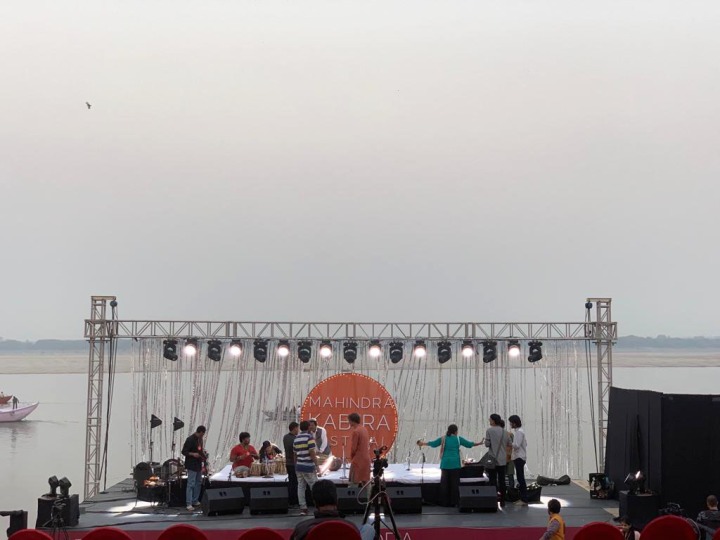
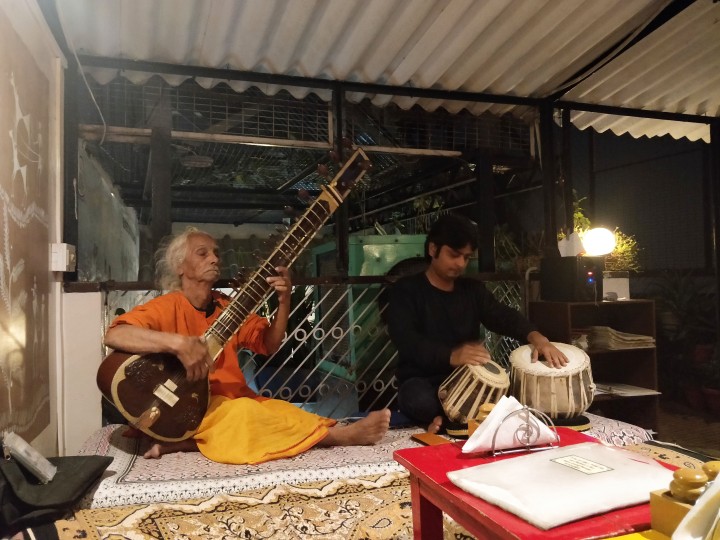
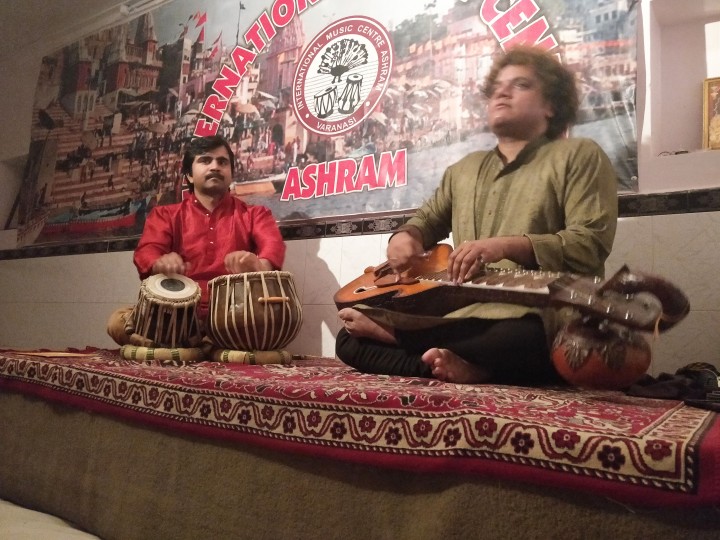
Arth As in practical action rooted in the material world
Neighbourhood of Manikarnika – and where the silk trail continued
One road from Chauk thaana leads to Thatheri bazaar, the main market street of Banaras where we bought Banarasi dupattas for the ladies back home. Further down into the densely packed lane are shops selling metalware, utensils, sweetmeat, pickles, fruits, spices, stationery, general stores and everything else under the sun. There are also kothis and old mansions owned by Banarasi businessmen, which have huge courtyards spilling out to the streets. Deep inside the bazaar, we located a father son duo who made bahi khatas i.e. the traditional log books used by businessmen to record their debit and credits. They made us 15 bahi khatas in 2 hours time, the last half hour of which I sat inside on their gaddi to hurry things up so we may not miss our flight!
‘Manikarnika Dwar’ – is a huge gateway on the main bazaar road which welcomes everyone alike including temple goers, shoppers, tourists and those on their final journeys. We made a quick trip to Blue Lassi, and then set about finding Kunj Gali – the city’s old silk market. We got to kunj gali before their usual start of a winter day, which proved to be good because we met some shop-owners who had time to chit chat with us. They sat on the gaddi and spoke of times when silk was absolutely pure and the great class divide between the julaha and the gaddi owner would not allow the two to sit together, spoke of how their children do not want to sit on the gaddis and how sarees that cost Rs.1500 in this wholesale market will go out into the shop and cost double.
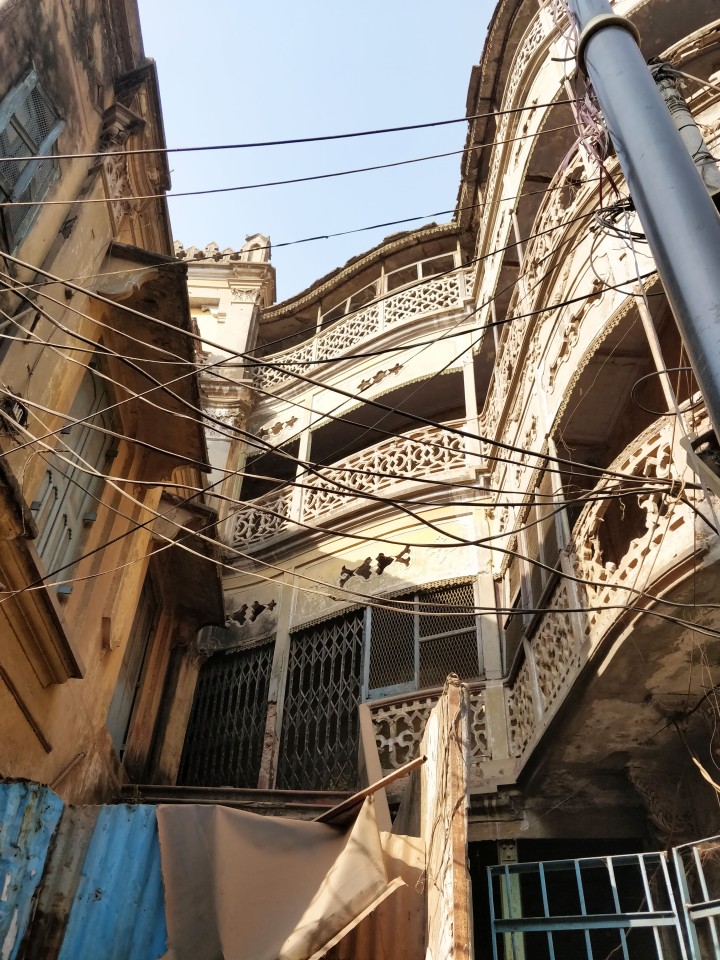
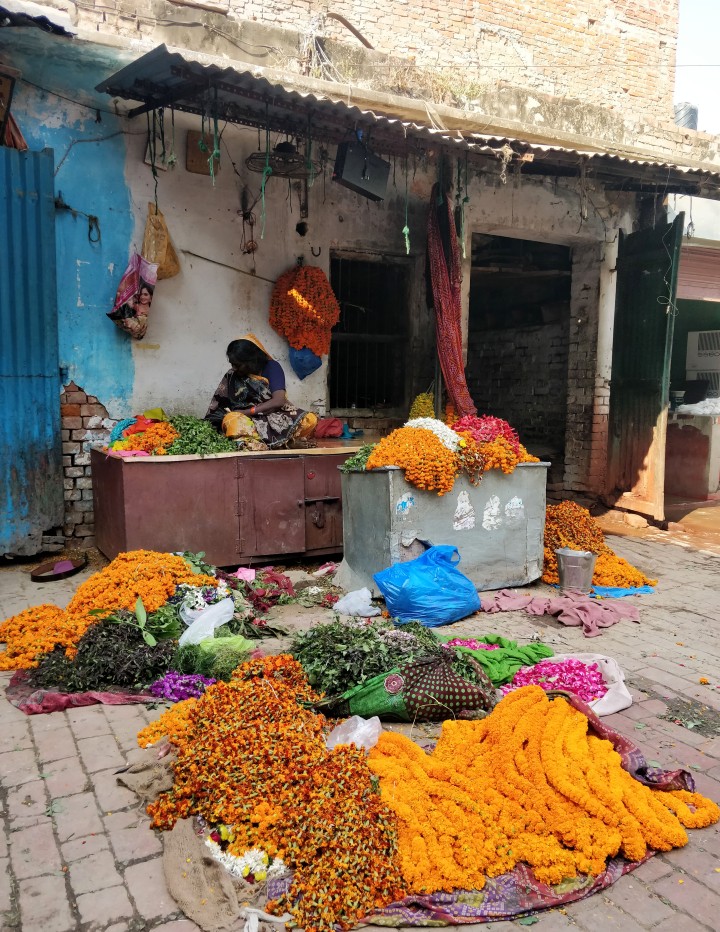
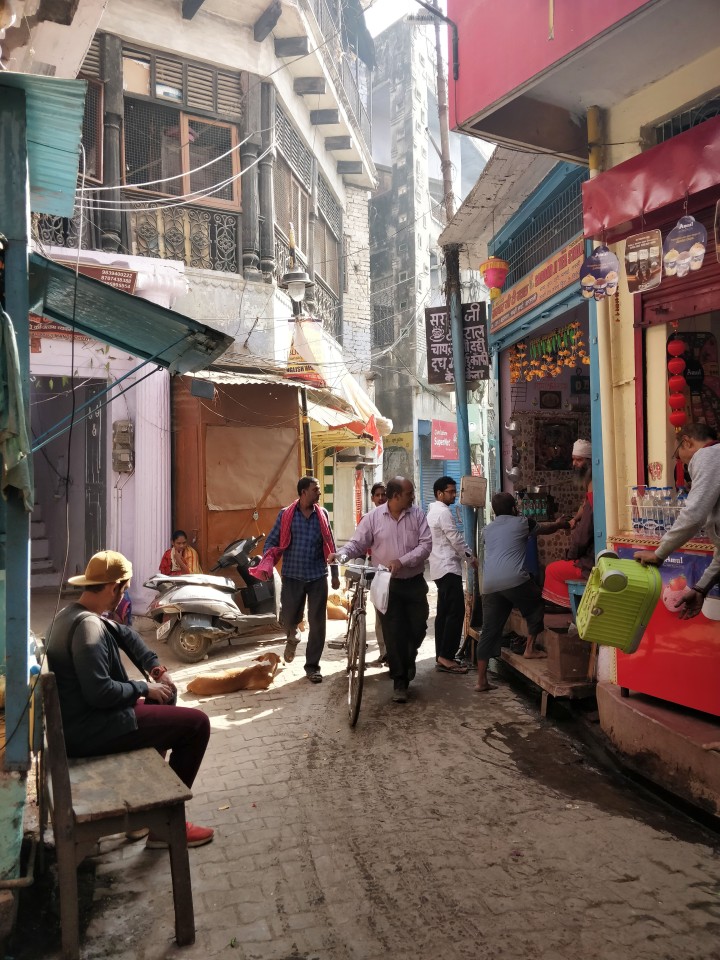
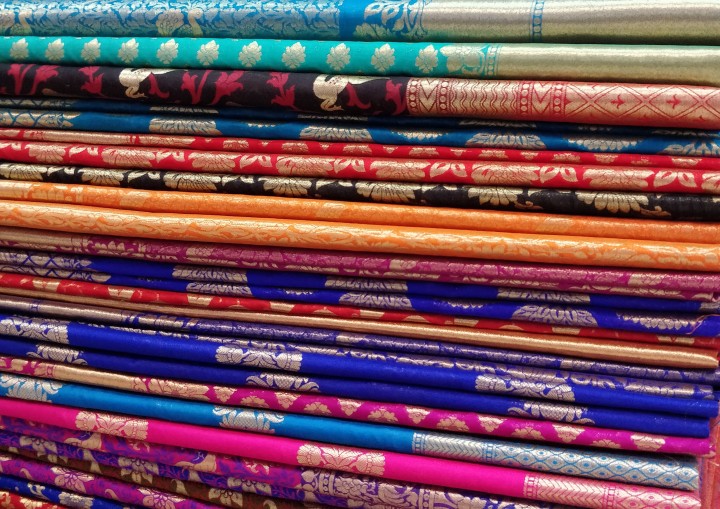
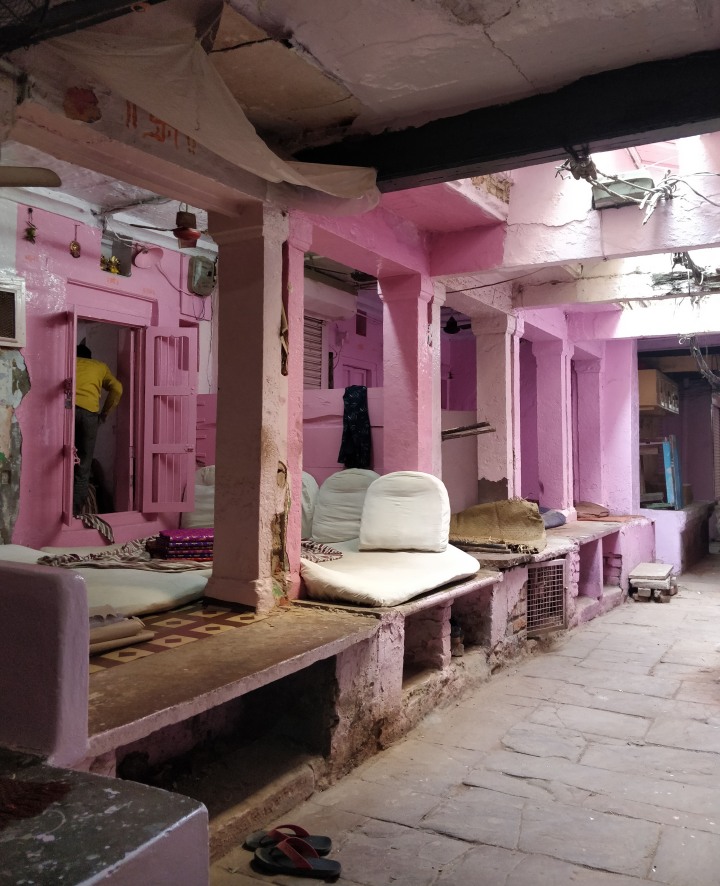

Neighbourhood of Jaitpura – where the silk trail ended
Our search for the Banarasi silk weavers and the clues we picked up at Kunj Gali lead us to the northern end of the town 3 hours before we were to leave the city. We were told to get off at the Jaitpura thaana, and then go into the residential neighbourhood and follow the clatter of the loom to locate the weavers.
The houses were fascinating, and the streets that lead upto the thaana were lined with colourful stores selling all kinds of yarn and dyes used by the weavers. The clatter of looms and a little help from the community lead us to the electric loom weavers. But we had to take the help of some younger people from the community to find a weaver working with the hand loom. There was no way we could have found him without their help – he sat holed up in a tiny ground floor house, knee-down into the ground where the pit for the loom was made, in the little light of bulb going about his business. Every thread was passed manually before he pushed the loom to fix the thread in place. Wow, the contrast was humongous! Our young friends told us the way to distinguish an electric loom saree versus a manual loom one is the weight. One saree made by hand is equal to five made on the machine!

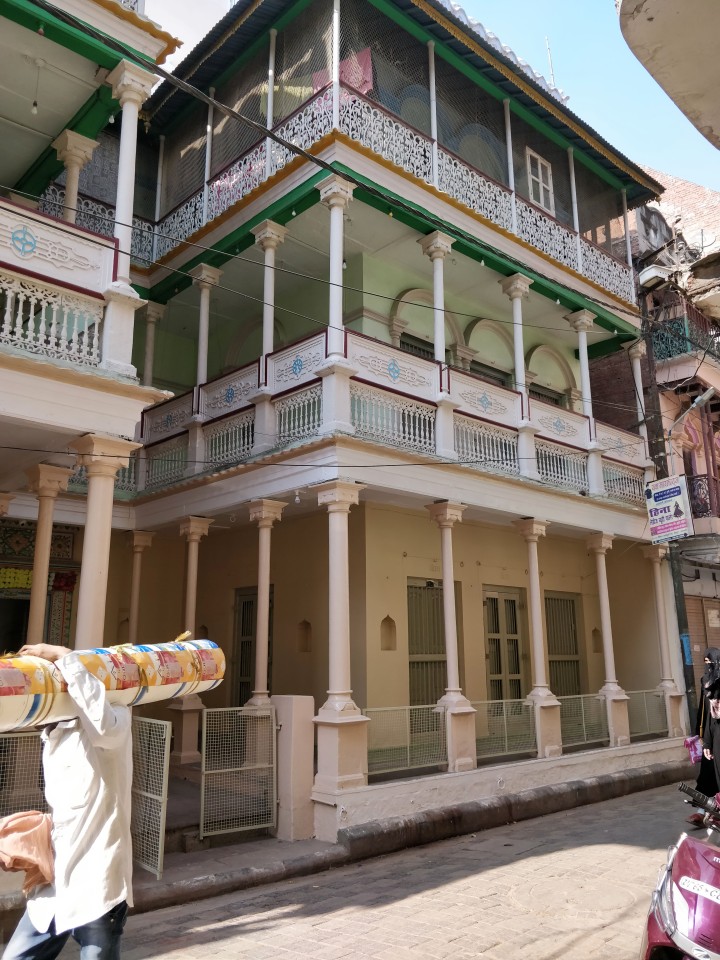
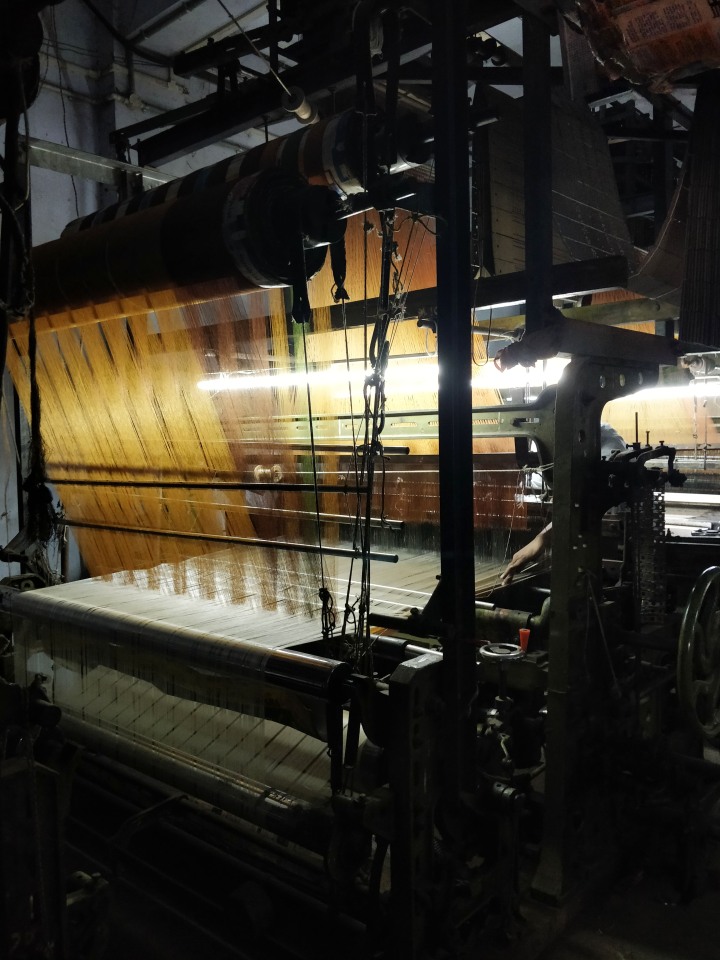
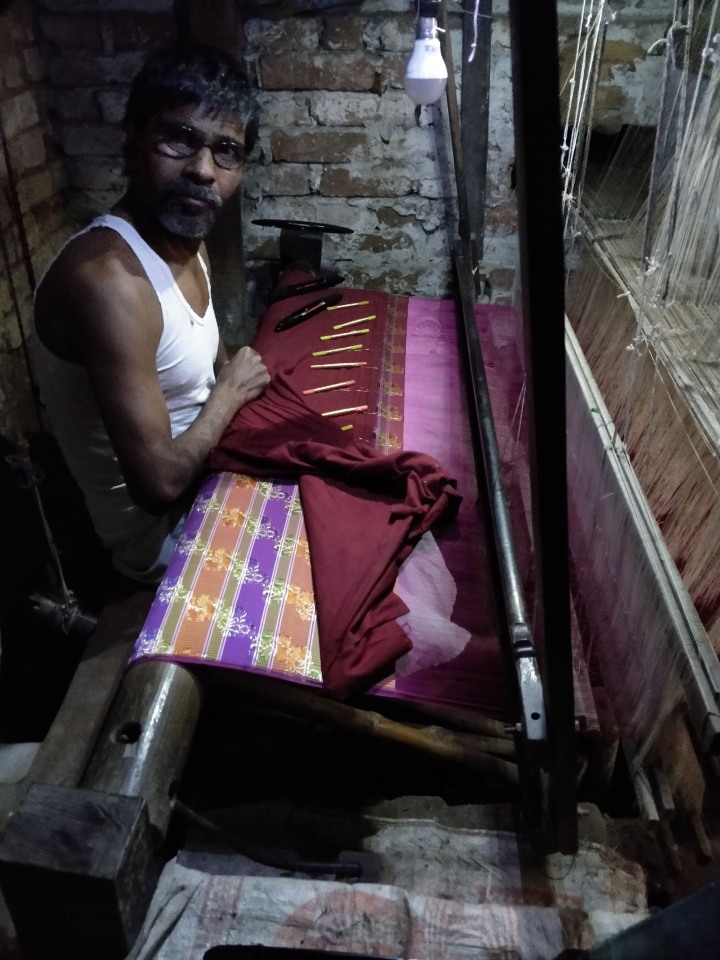
Ramnagar Fort
Ramnagar Fort was the king’s residential complex built in 1750 by Kashi’s king. It wasn’t originally on our itinerary, but hearing of it from people in the city, we went across the river to see the structure. There is a ticket for the museum, which is in pretty bad shape, but buying the ticket is the only way to enter the complex. So enter and spend time appreciating the sandstone structure, louvered windows, balconies and well-maintained courtyards of the fort.
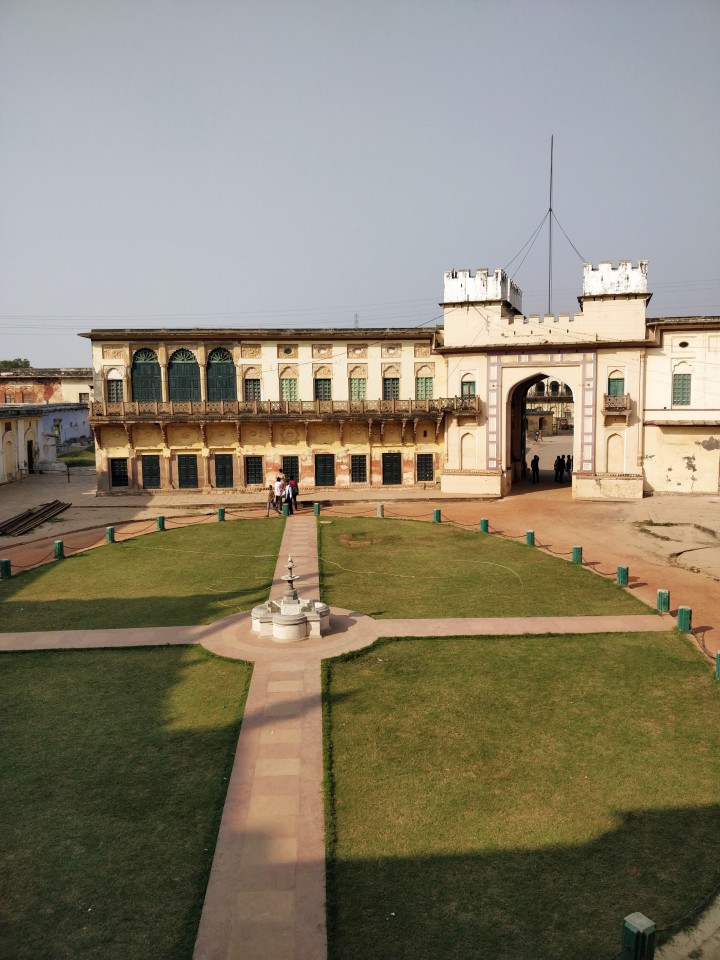
Dev Diwali
Here is a festival whose existance I had not known for the last 30 (precisely) years of my life. It is a festival exclusive to Banaras, celebrated 15 days after Diwali. It also happened to be my birthday! On Dev Diwali, it is believed that the Gods descend to the city to celebrate Diwali. The festival is marked by an enormous amount of people taking a dip in the holy waters in the morning, distributing alms, visiting temples around Banaras, attending the Ganga Aarti and in the evening, filling every inch of the ghats with oil lamps.
The evening was completely spectacular and it is highly recommended that one goes on the boat to enjoy the incredible views of the festivity on the ghats. We also went back to Lolark Kund, and the timing worked out perfectly that they started beating the drums and the chanting in the depths of the kund as soon as we got there. Very very magical!
In the middle of millions of these oil lamps, Banaras never fails to gently remind one that the largest fire one sees is still the burning pyres at Harishchandra Ghat. And that that is celebration as well.
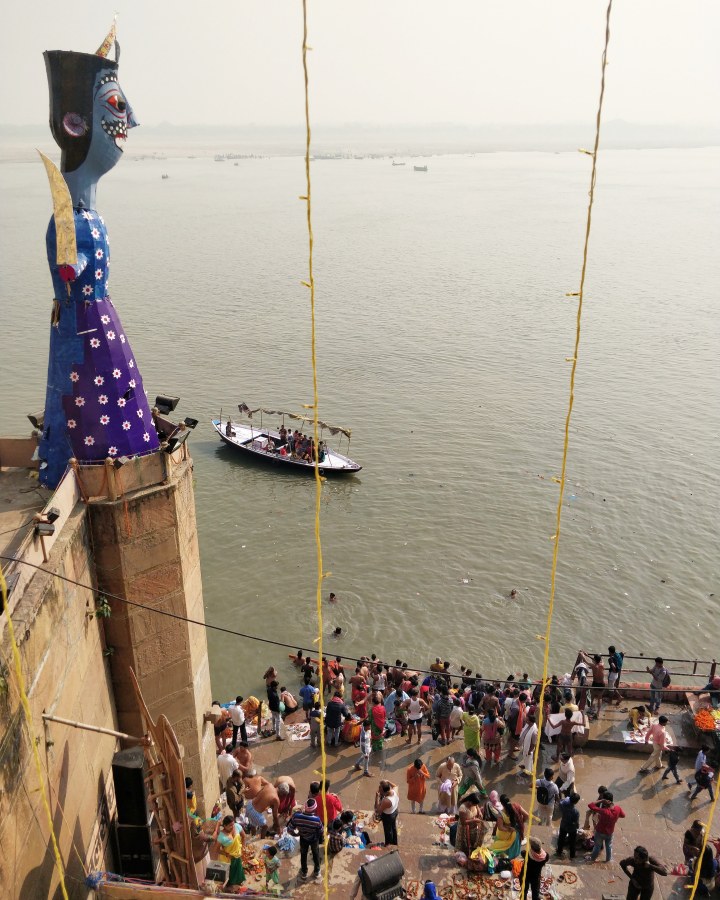
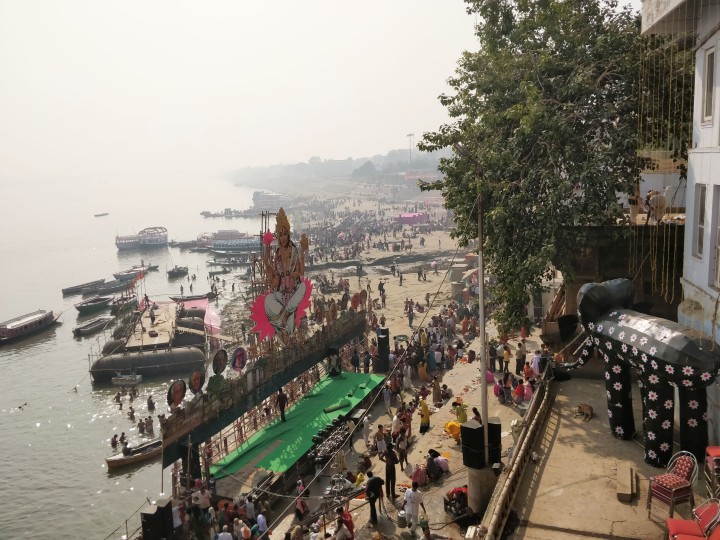

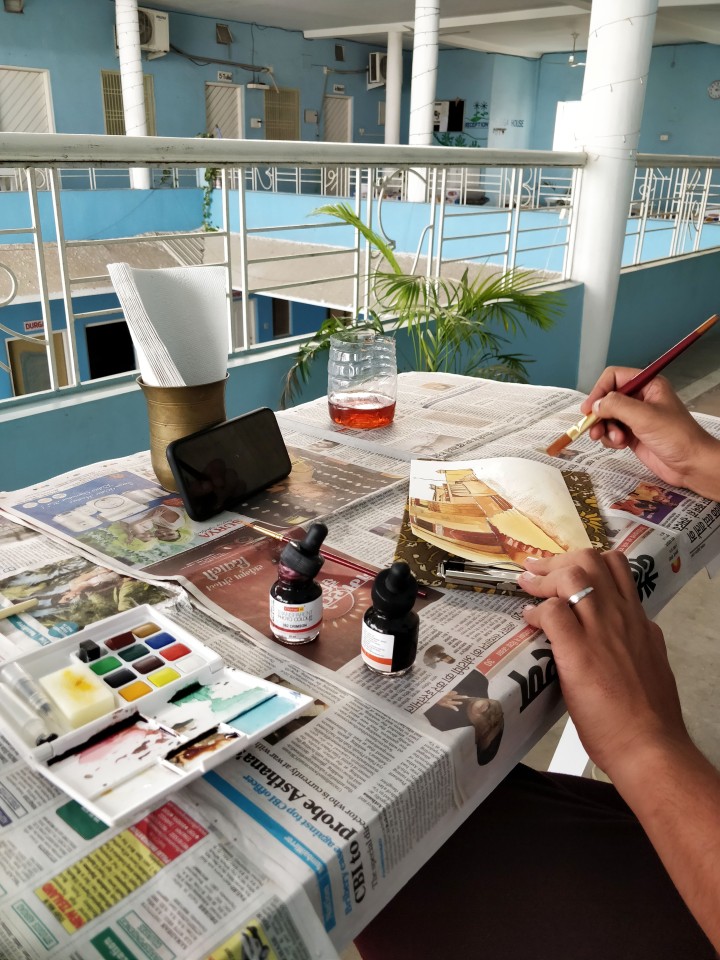
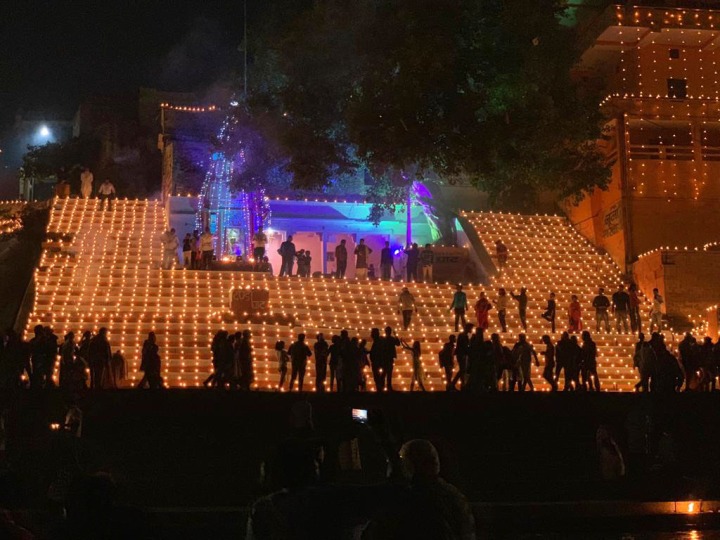
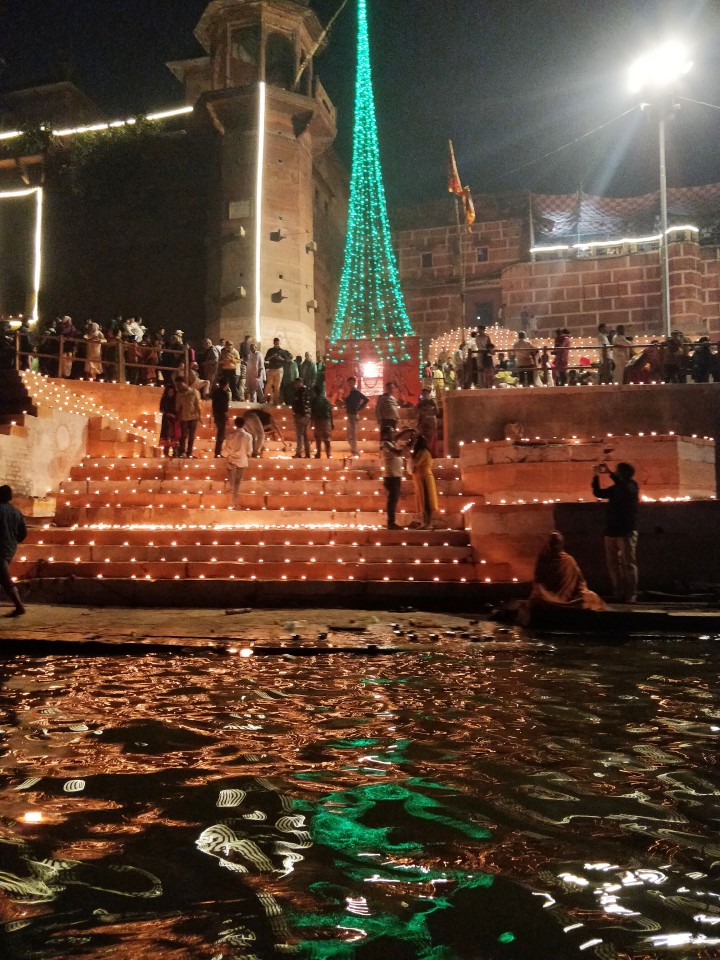
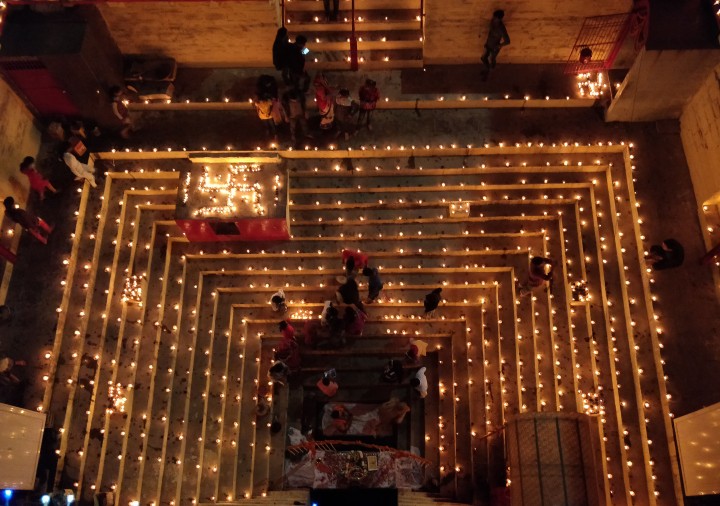
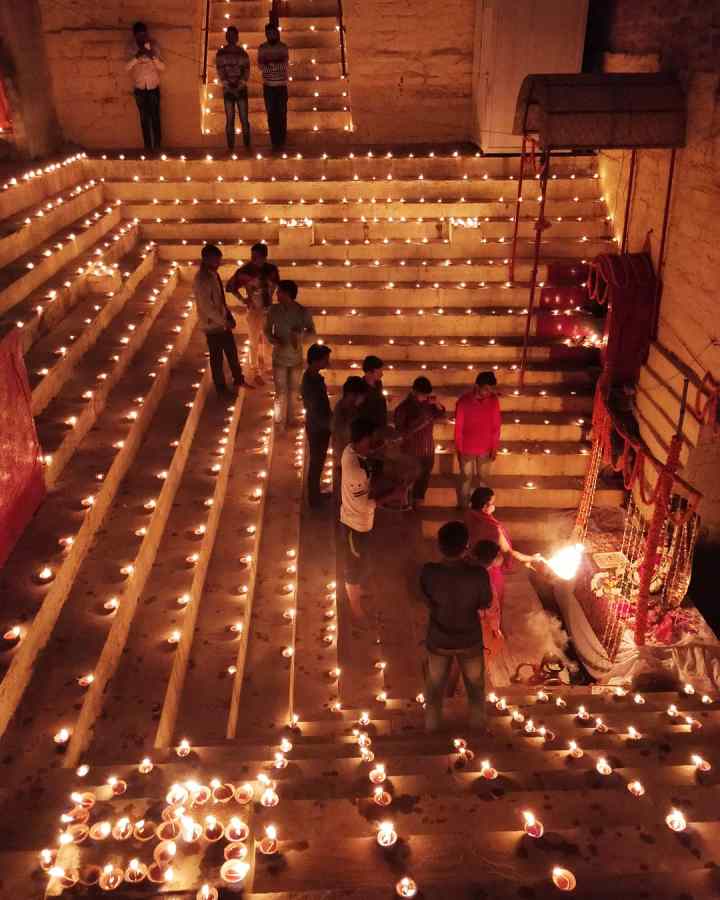
Moksha As in release from the worldly cycle of reincarnation
What is this life if, full of care,
We have no time to stand and stare.
– Leisure by William Davies
I often wonder what is home, since we live away from family (yet we are family) in a rented house; and in Bombay when my sabjiwali says ‘bohot din se aaye nahi’, it makes me feel like home, because it makes me feel rooted. However shallow the roots may be, they ensure in that moment, I feel at home because someone in the street knows me, and looks out for me.
In one of our shared rickshaw rides in Banaras, we got into a conversation with an aunty – turned out she owned the City Book shop at Goudolia. When she got off, she asked us to visit and of course, one never turns down an invitation to a book shop! So the next day we were around and we walked in, and she met us with the warmth of an-acquaintance-who’s-known-you-for-long, chatted with us while we went around seeing books, had her staff bring us some chai, gave us some local insights and then bid us a very blessed farewell. Few luxuries will match the luxury of time and travel and meeting new people who then look out for you, makes me feel like home for a fleeting moment. And who doesn’t love a city that begins to feel like home!
Like the warp and weft on the loom, our experiences weave who we become and what we take back with us – and we completely cherish all the conversations we had with the many Banarasis we met. Banaras will leave you far from relaxed, but it will leave you restored (what travel does not), because the walking and the cycle-rickshaw is enough to slow you down. I agree with my dad when he said the town is filthy, but there is richness in its food, in the artisans, in the co-existence of communities, in music, in the people and the joie de vivre that is so palpable in the city.
Banaras had seeped into us like tea from a tea-bag, and clearly the more time we let it stand, the more flavour we tasted in the city. In our last few moments before we left for the airport, we shared a few quiet moments sitting at the ghat taking it all in one last time. I never asked Mikail what he was thinking, but I knew I was going to miss the celebration of every day. Of always having a moment to spare. Of sitting with a cup of chai and watching the world go by.
If I were to pick a perfectly heart-shaped betel leaf and put all my love for Banaras into it, fold it, twist it, tuck it and serve it, I promise it will be the sweetest pan ever.
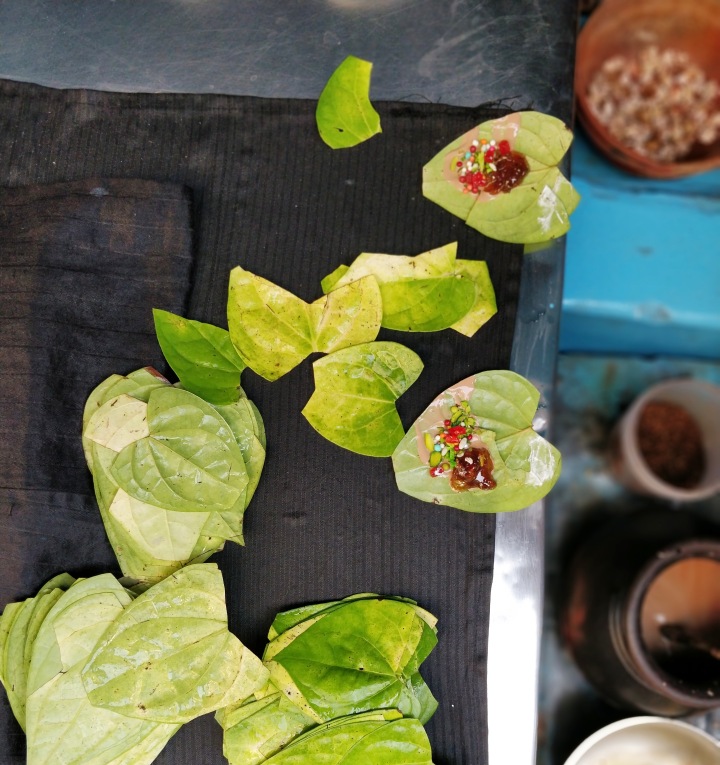
Some of the books on Banaras we studied –
Banaras – City of Light by Diana Eck
Banaras – Walks through India’s sacred city by Nandini Majumdar
The Artisans of Banaras by Nita Kumar
Life on the Ganga by Assa Doron
Friends, brothers and informants by Nita Kumar